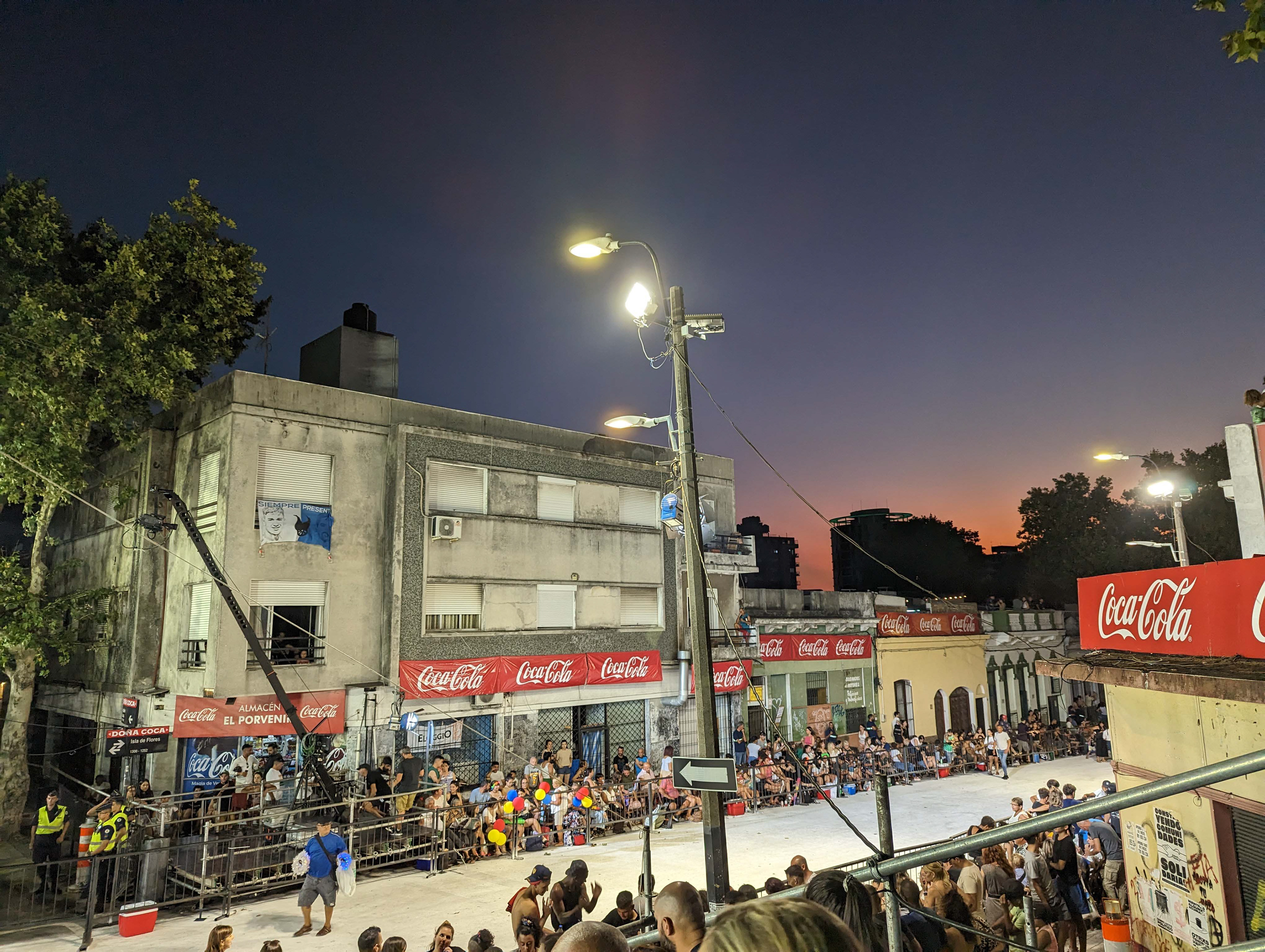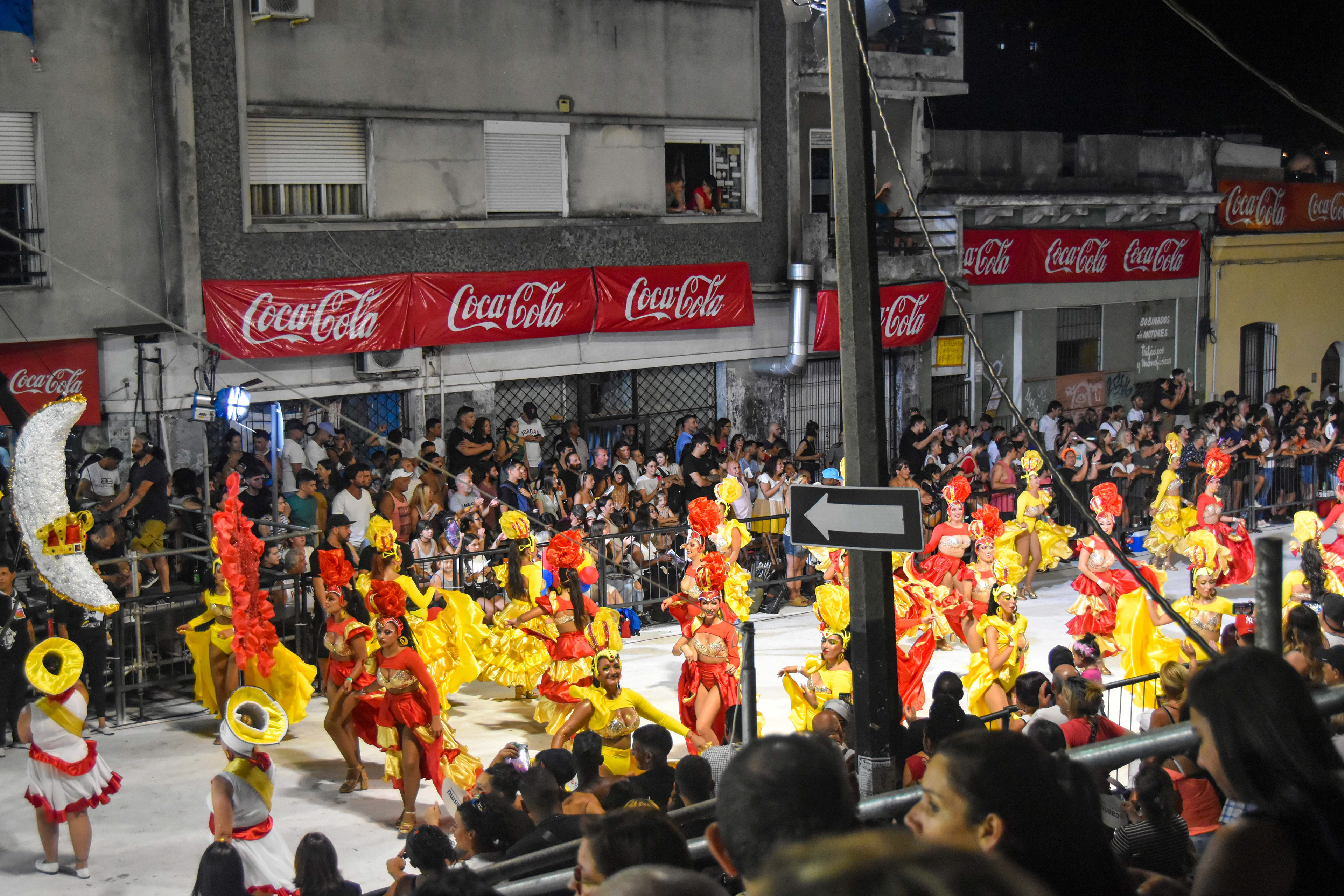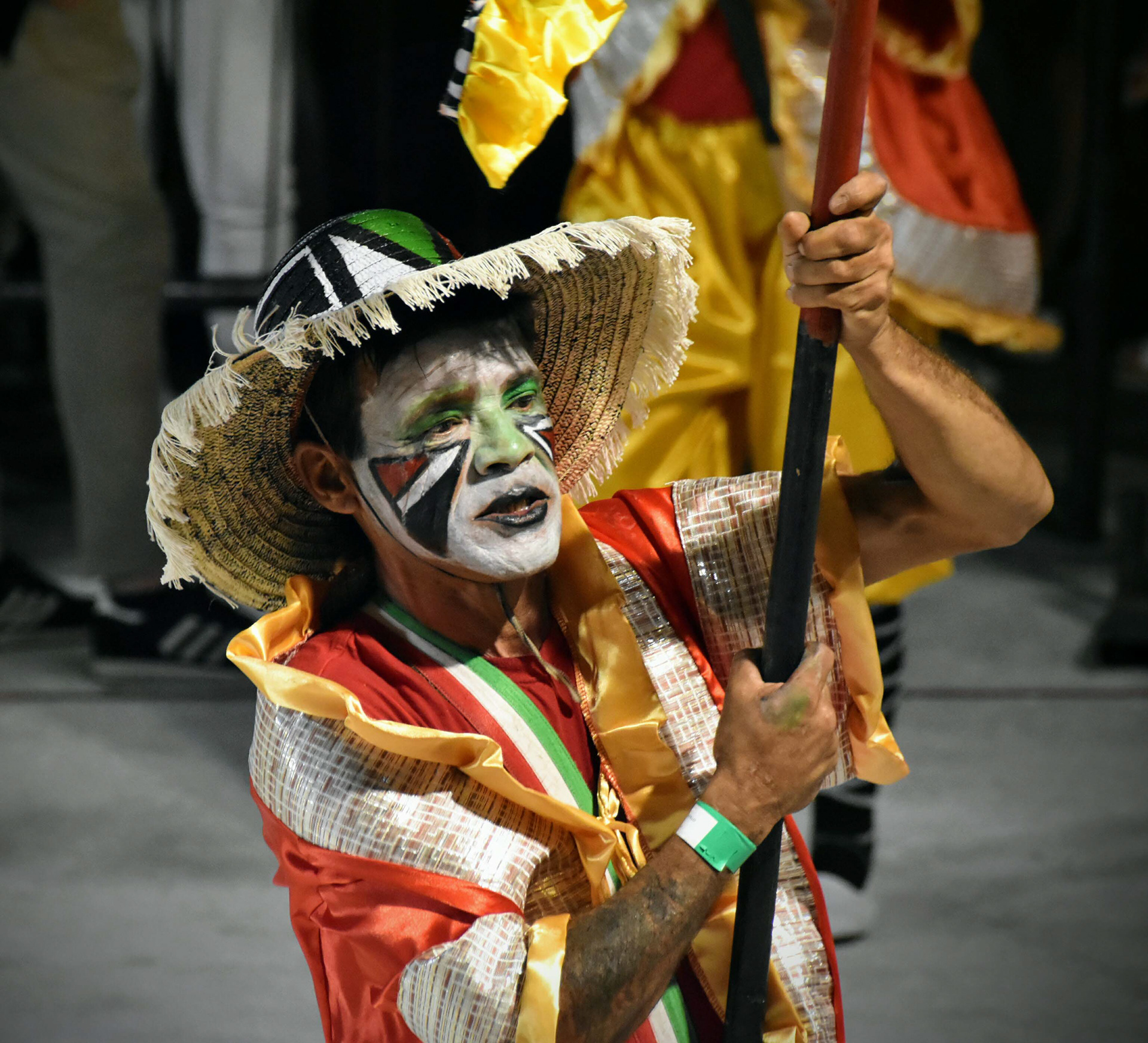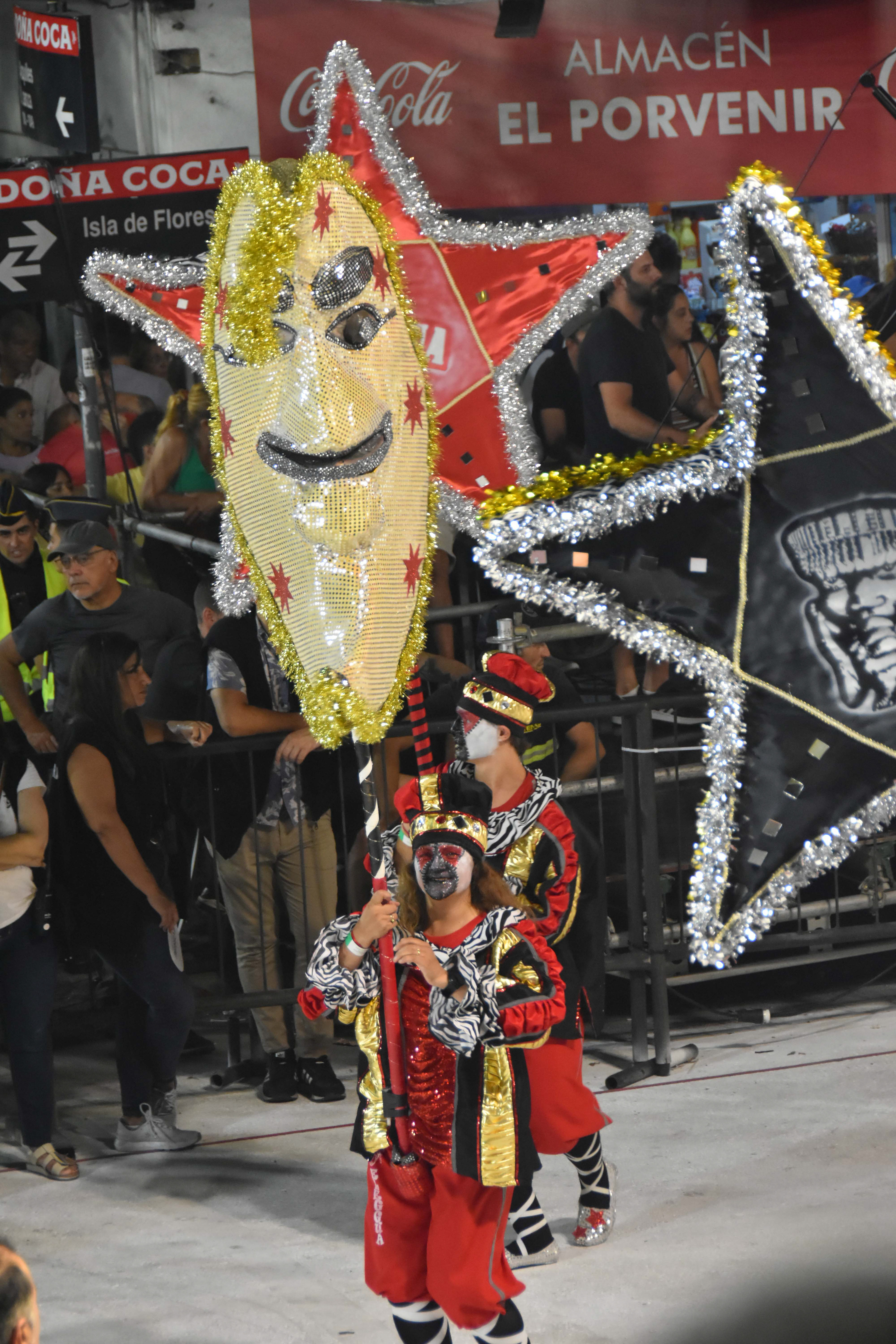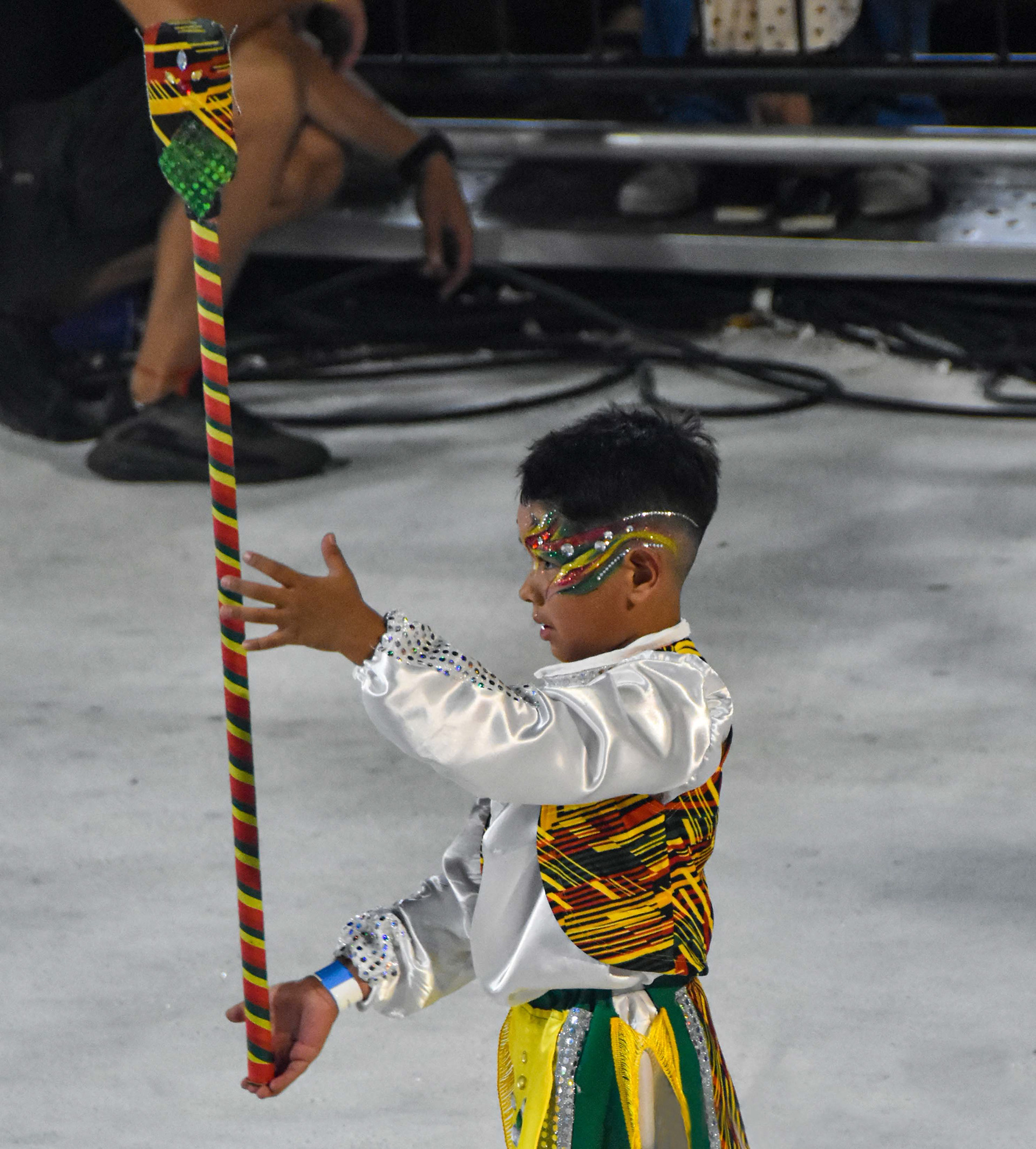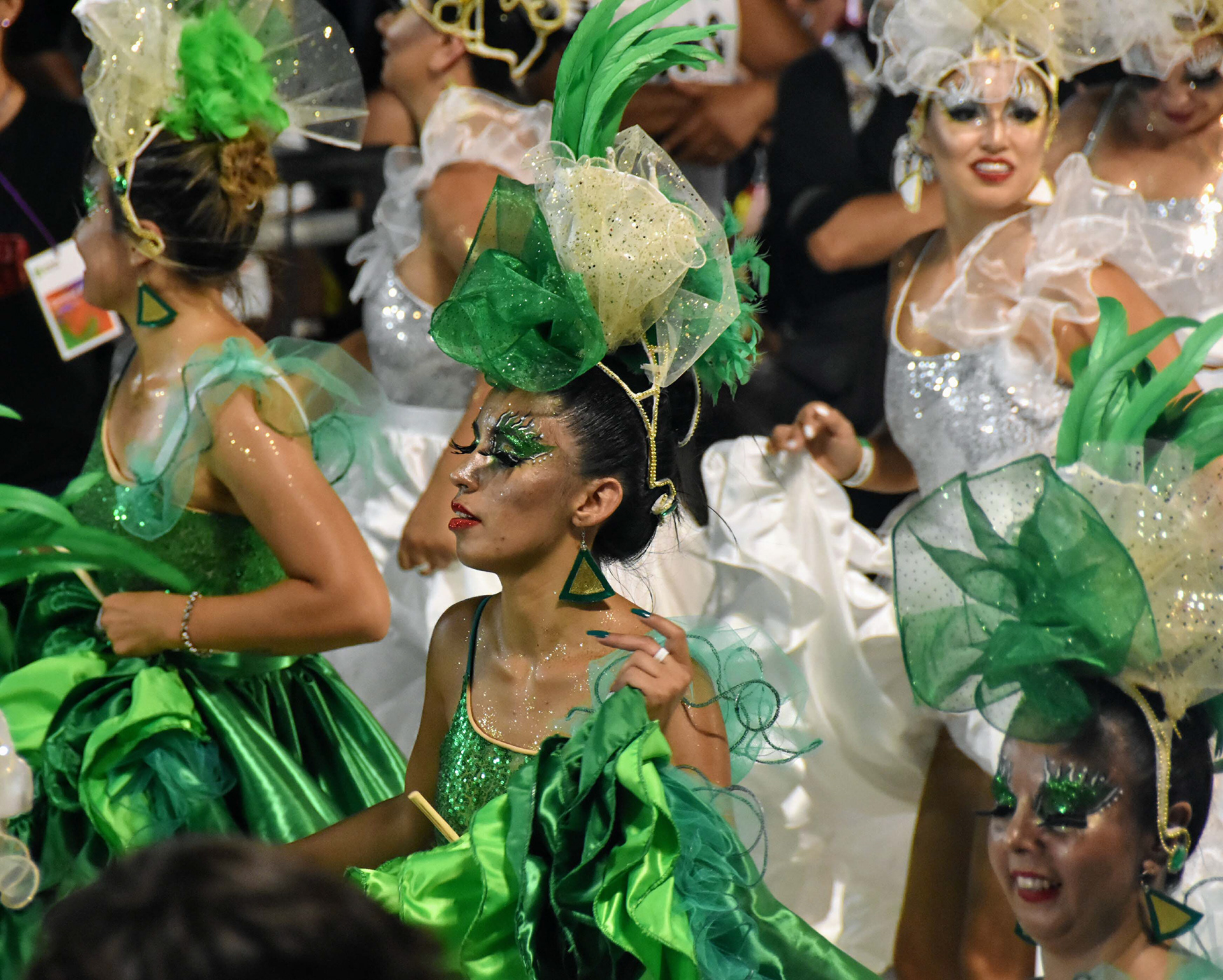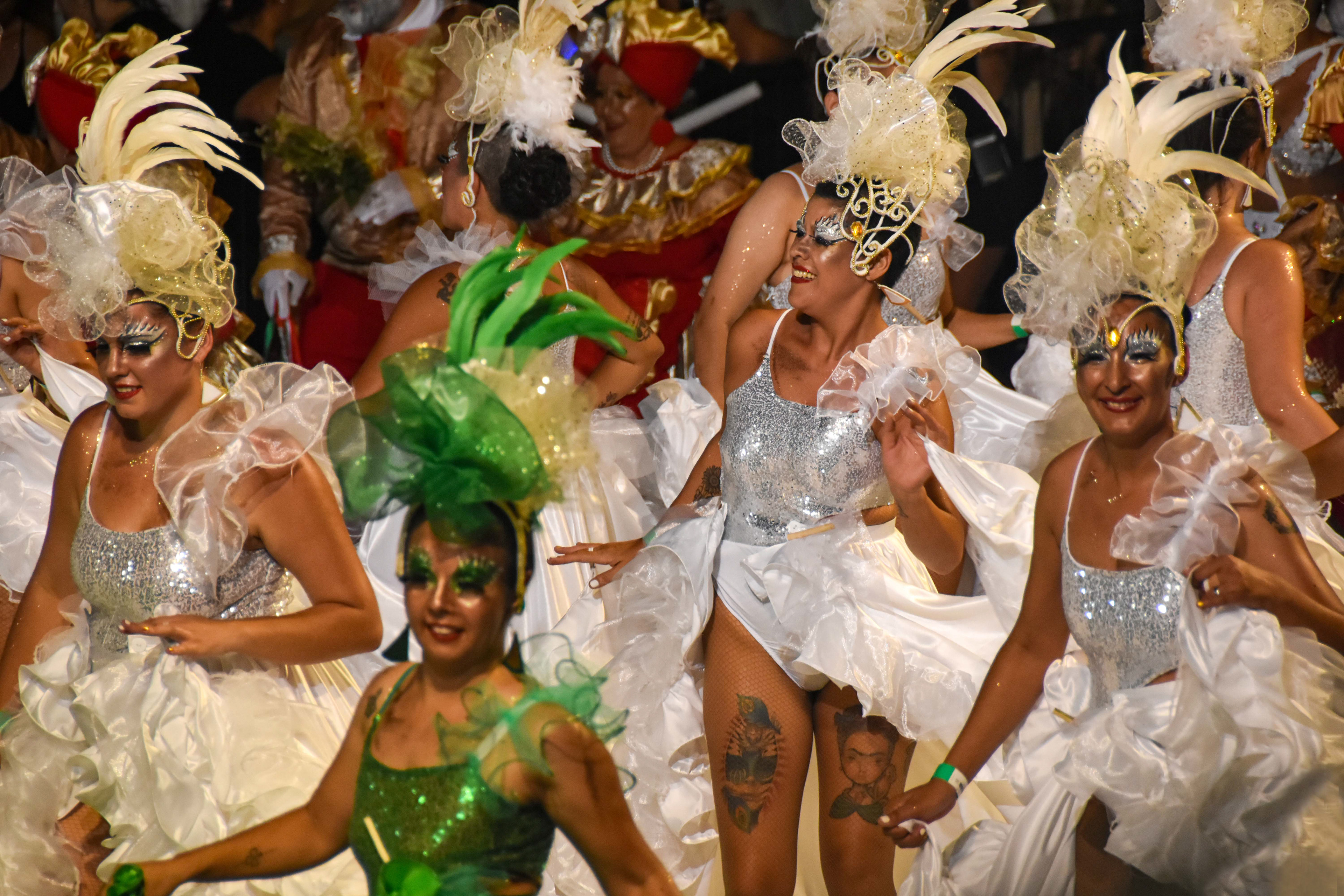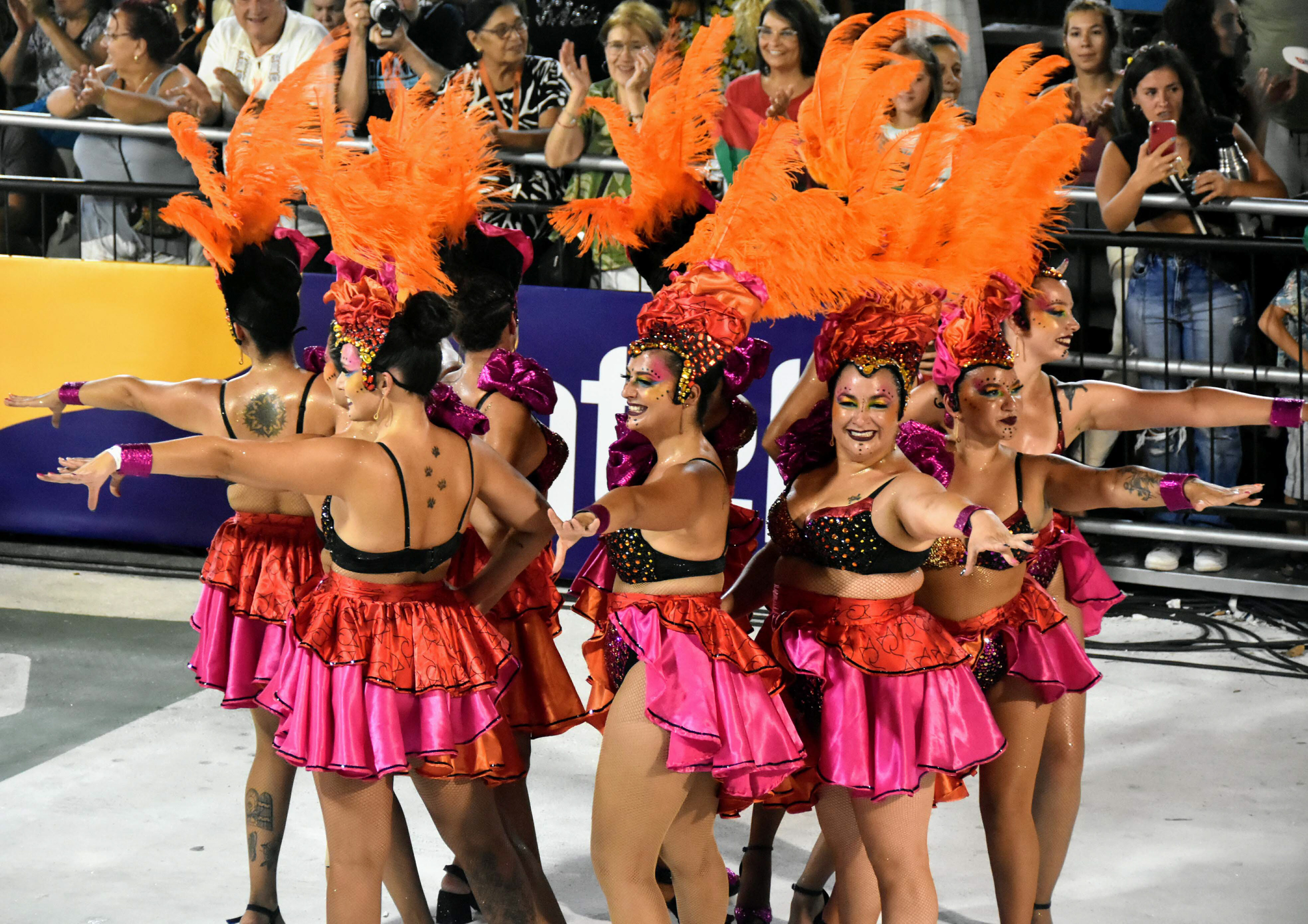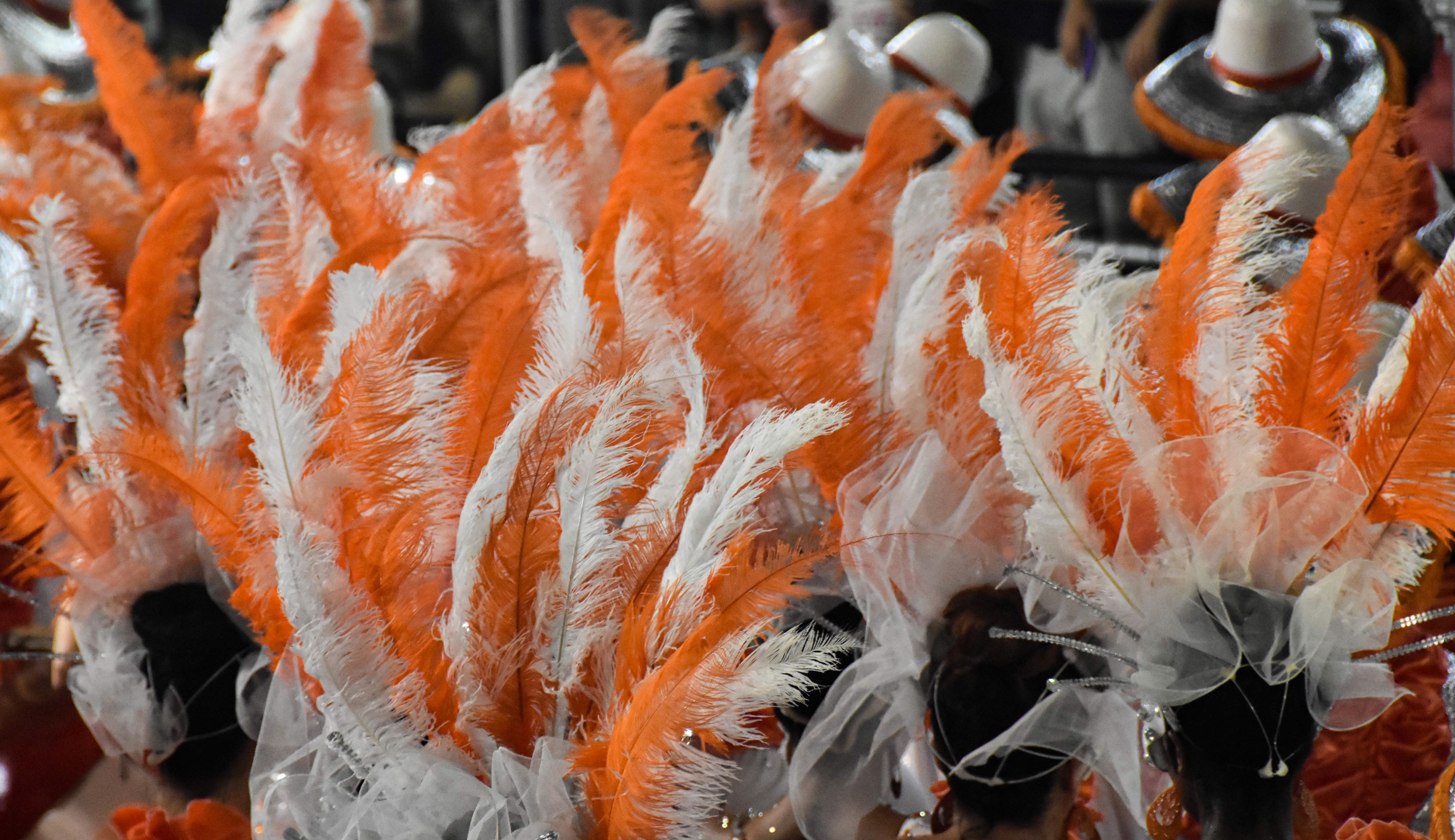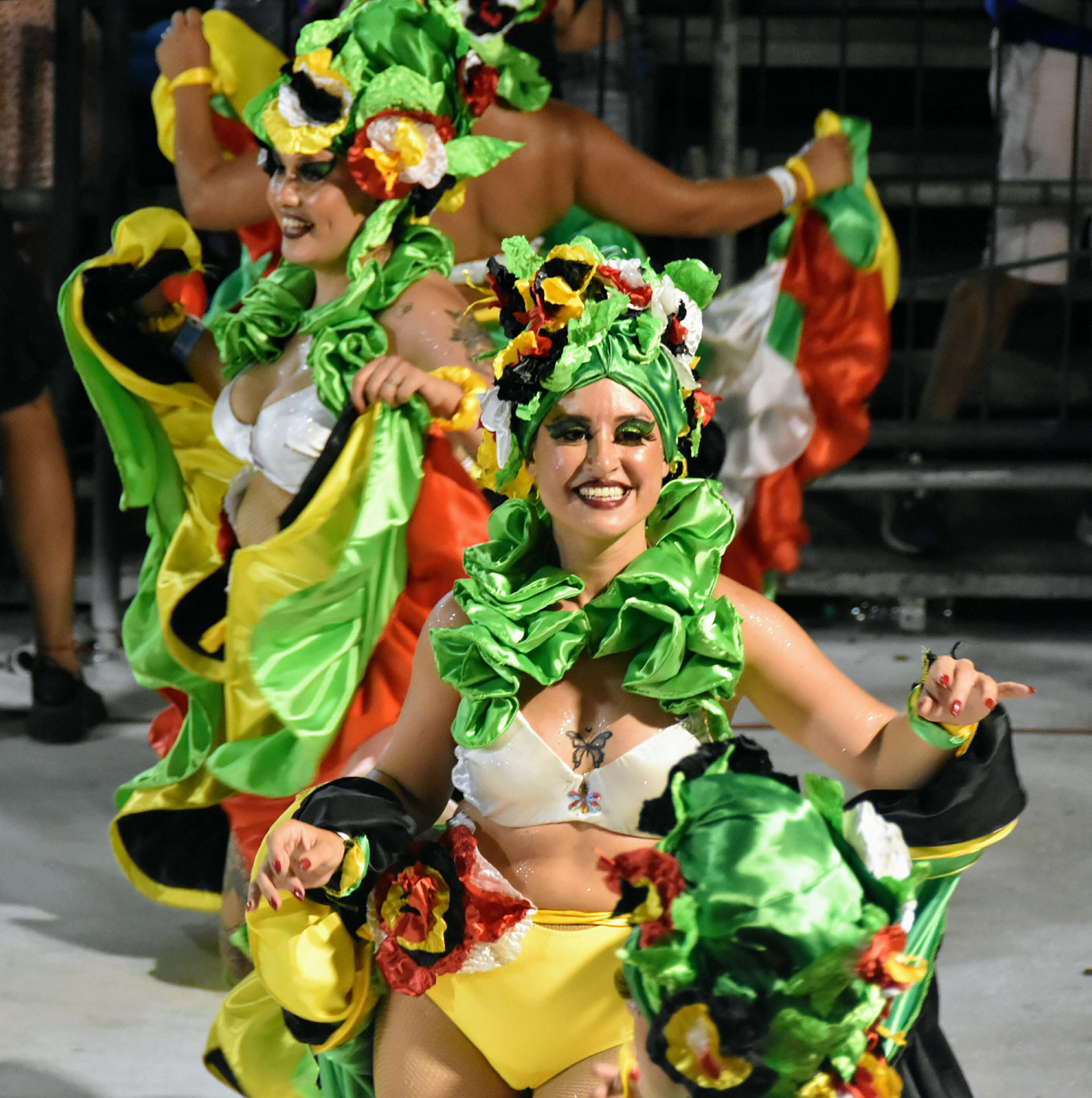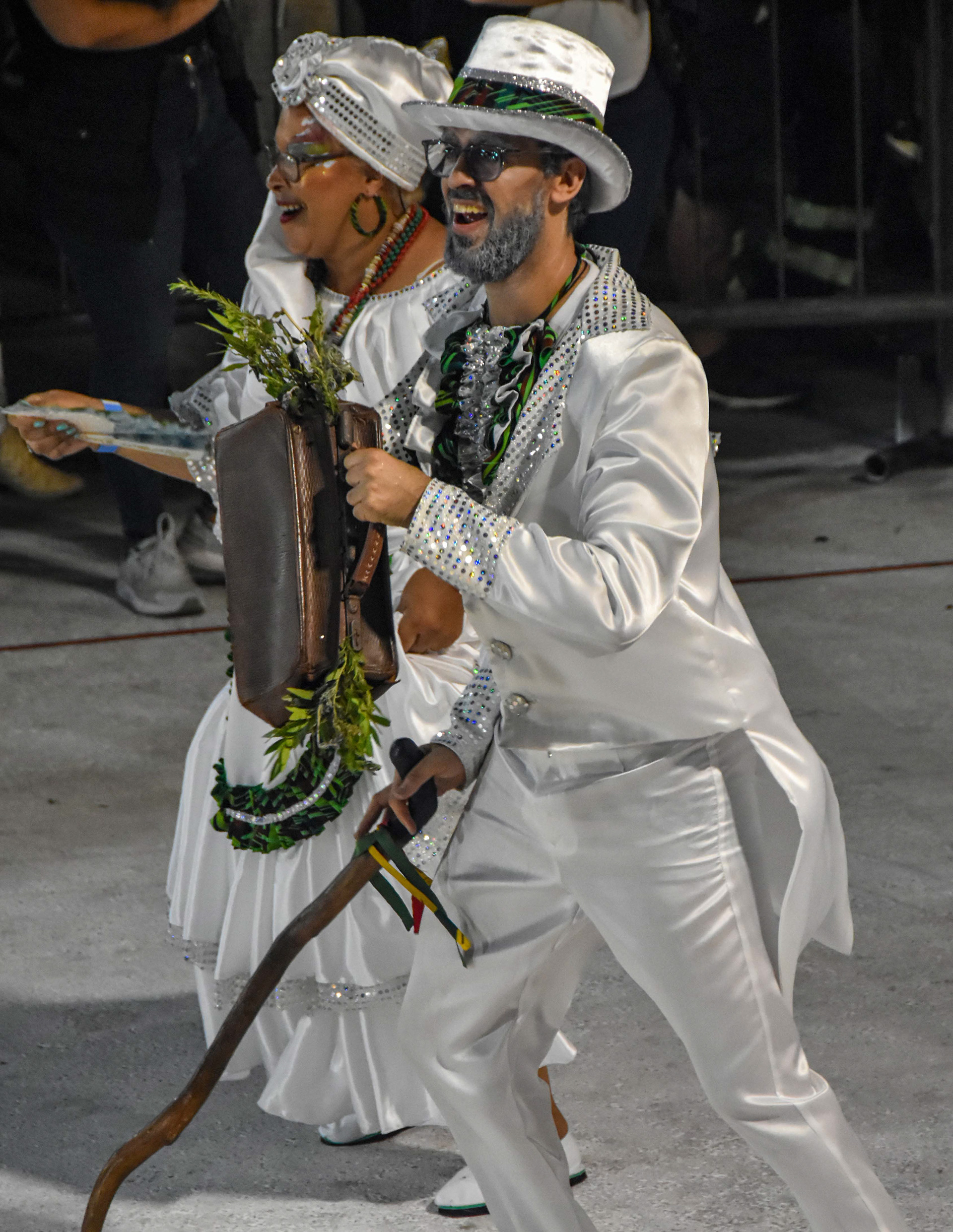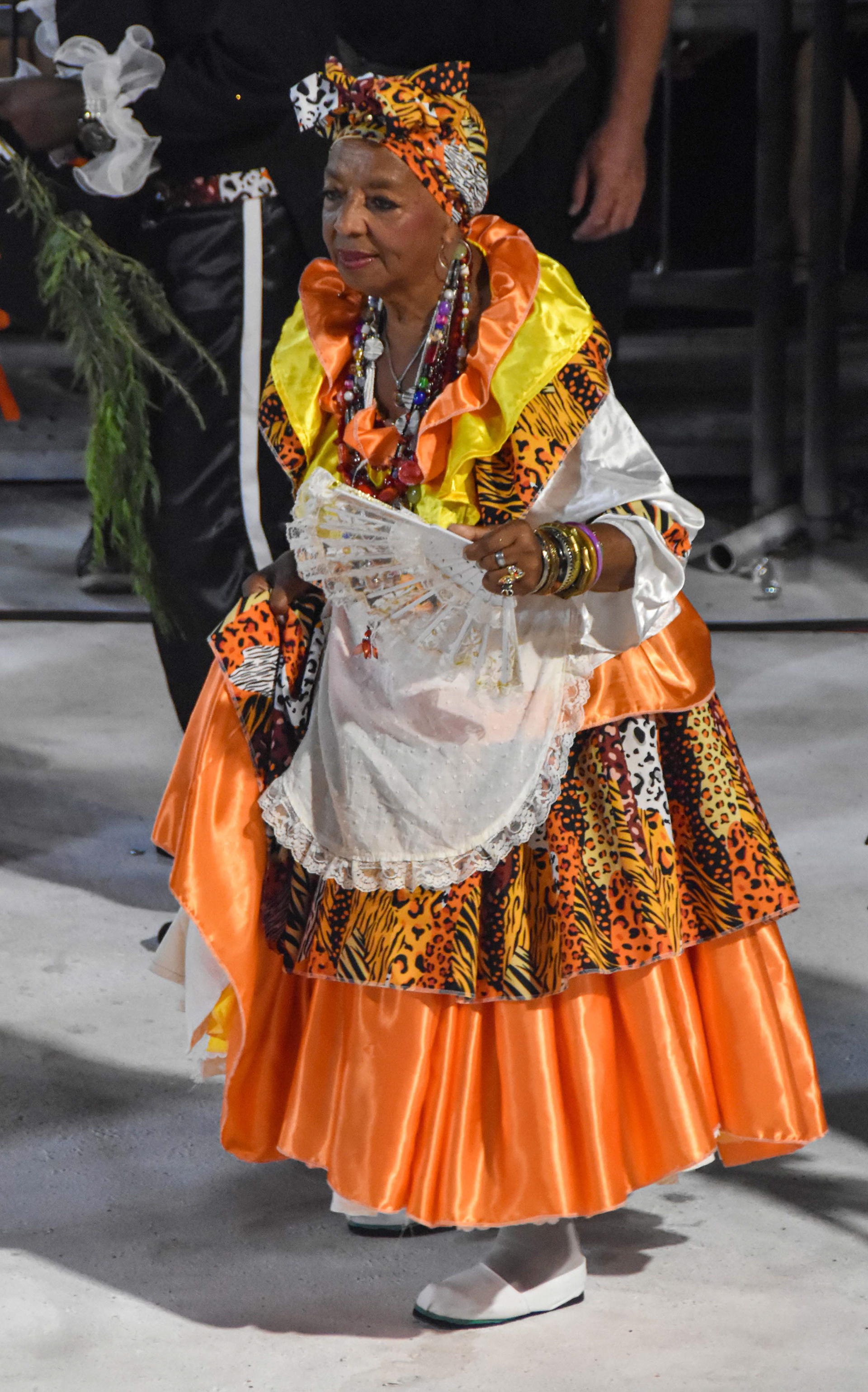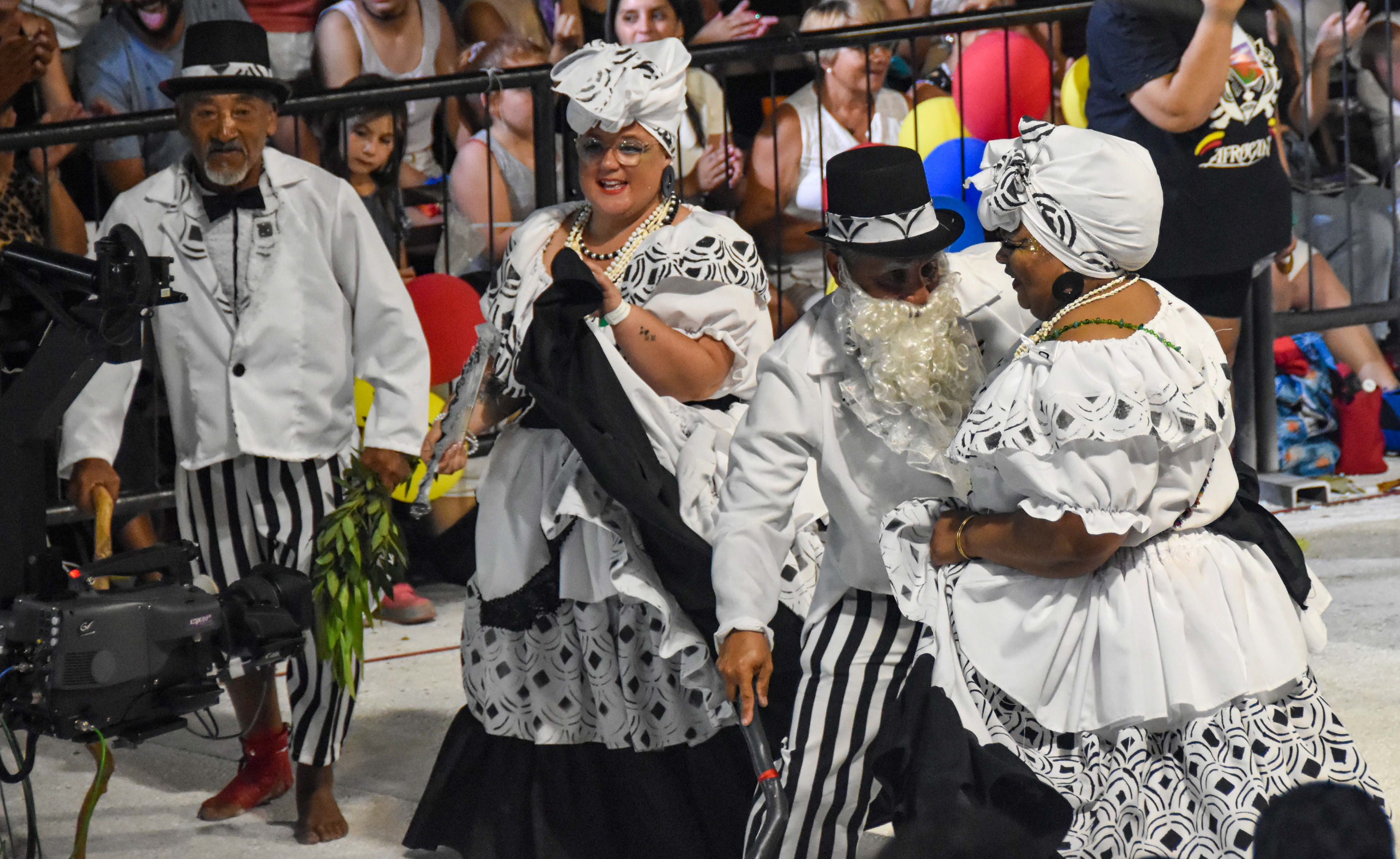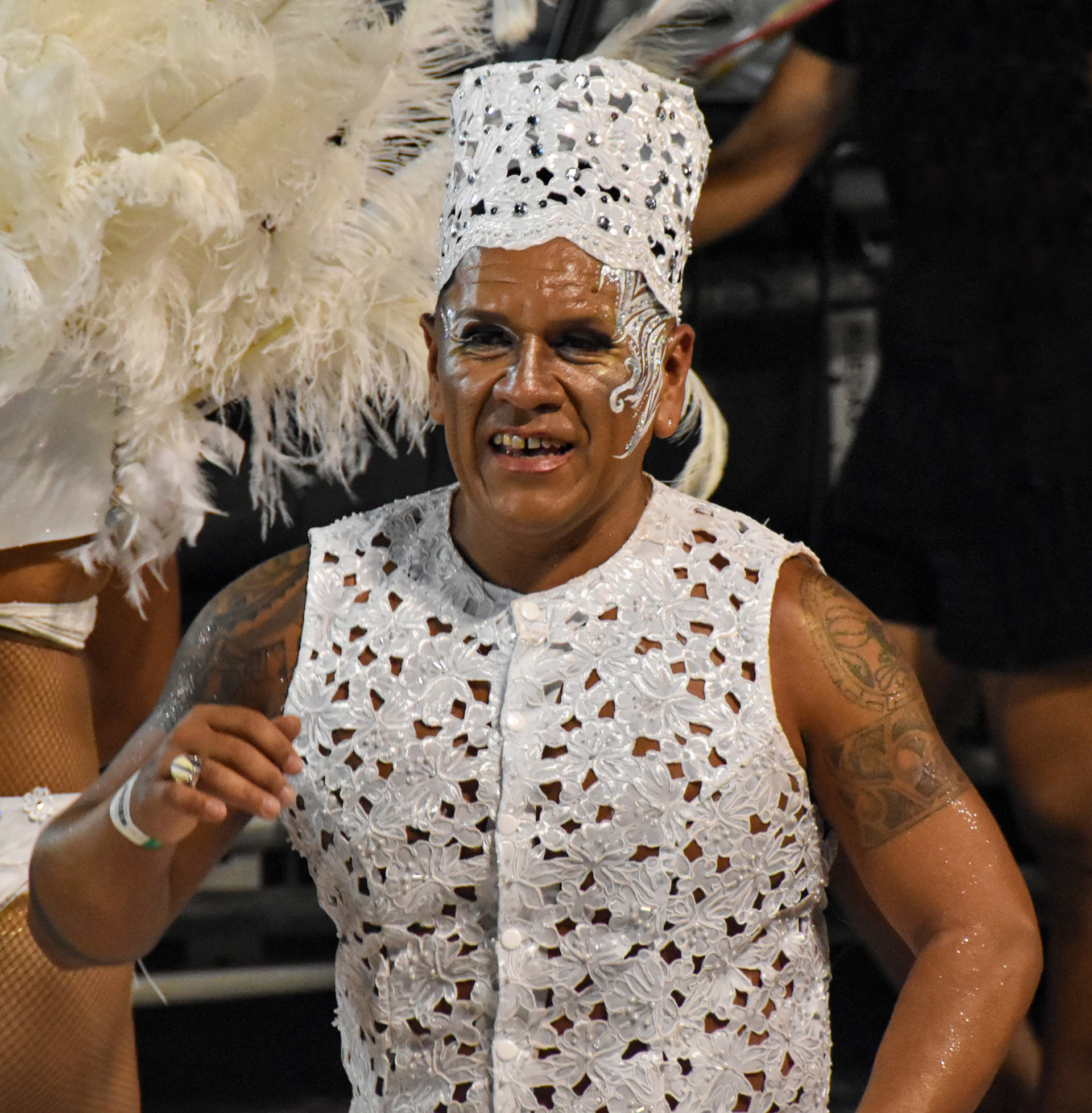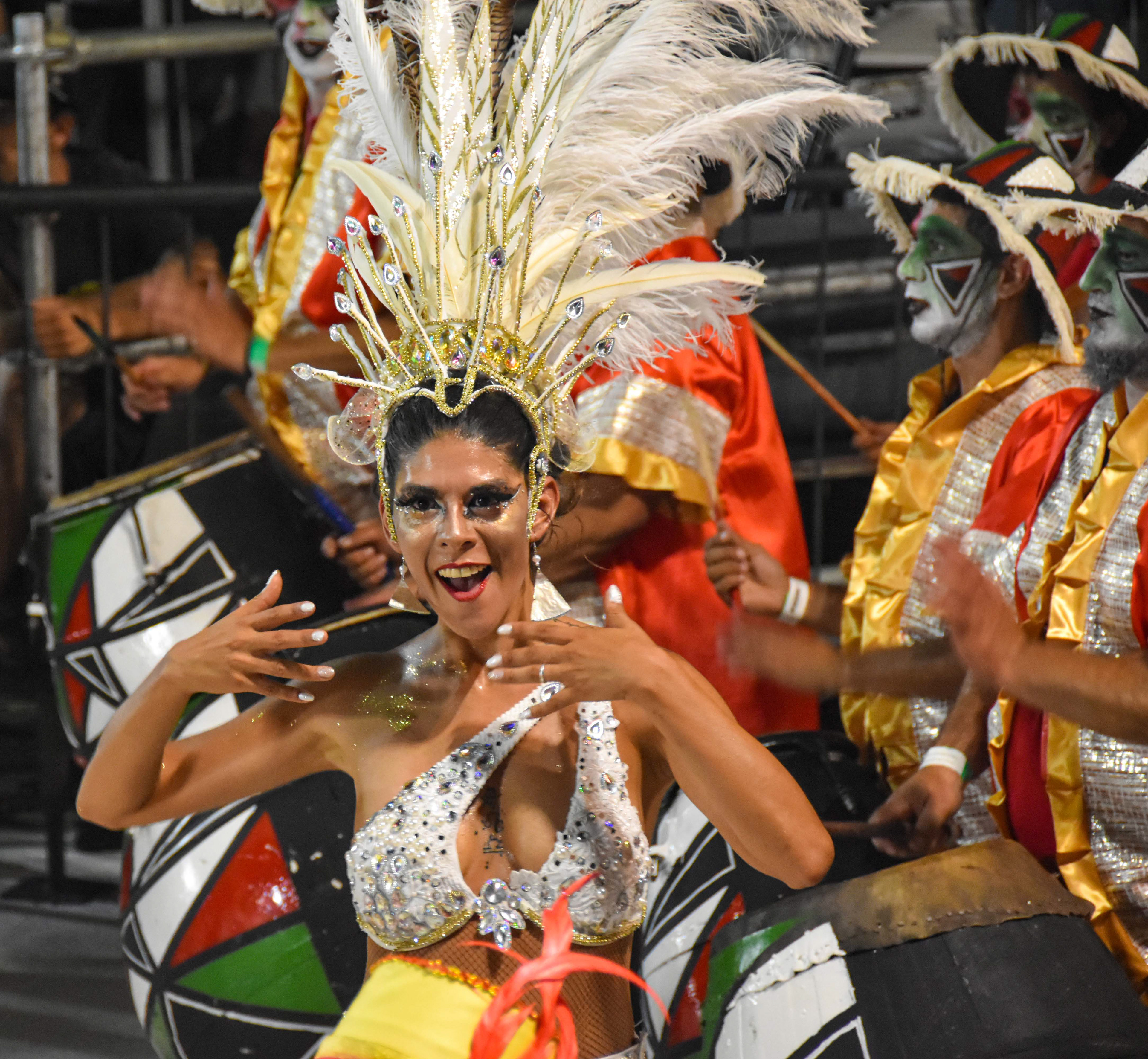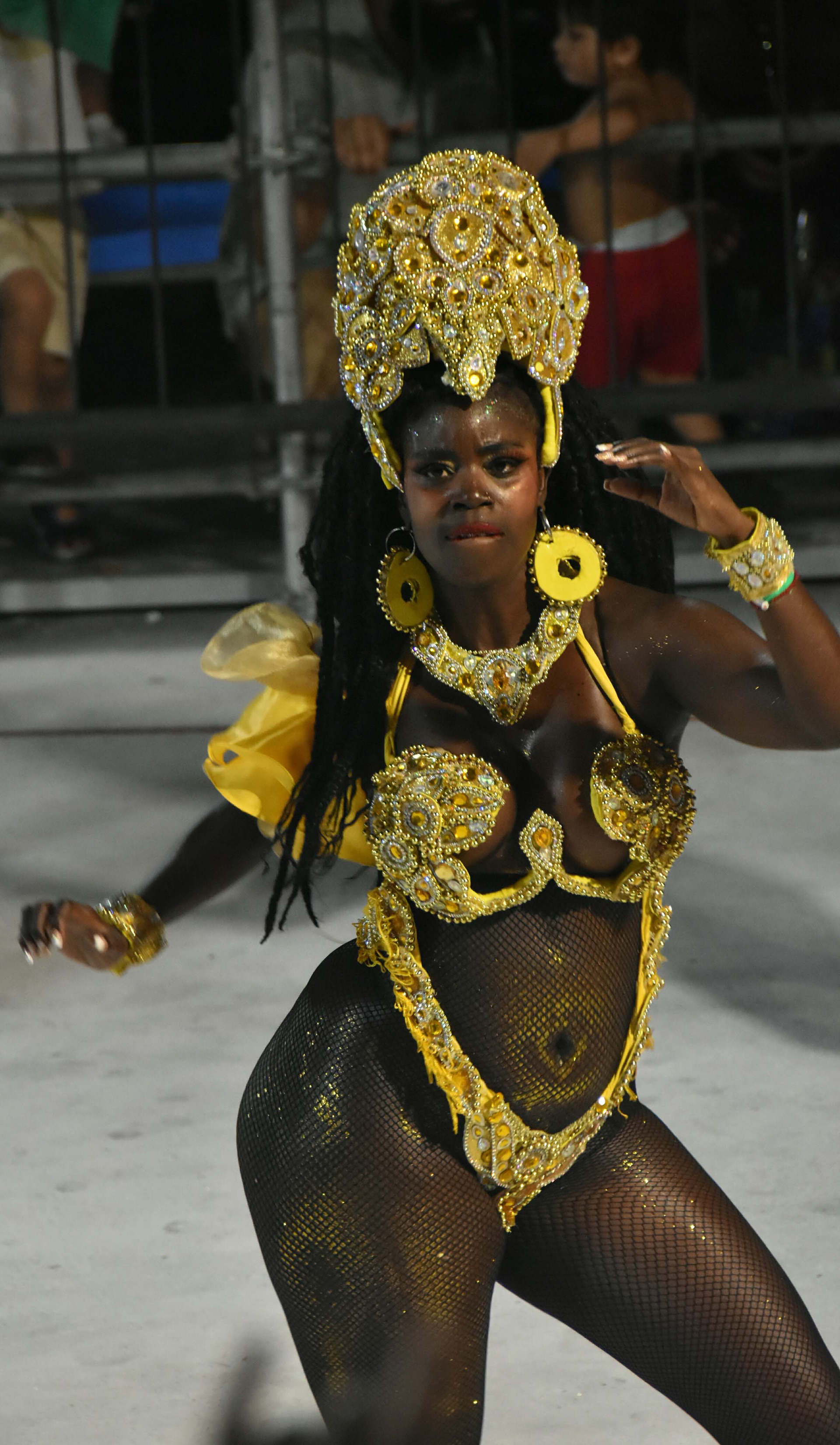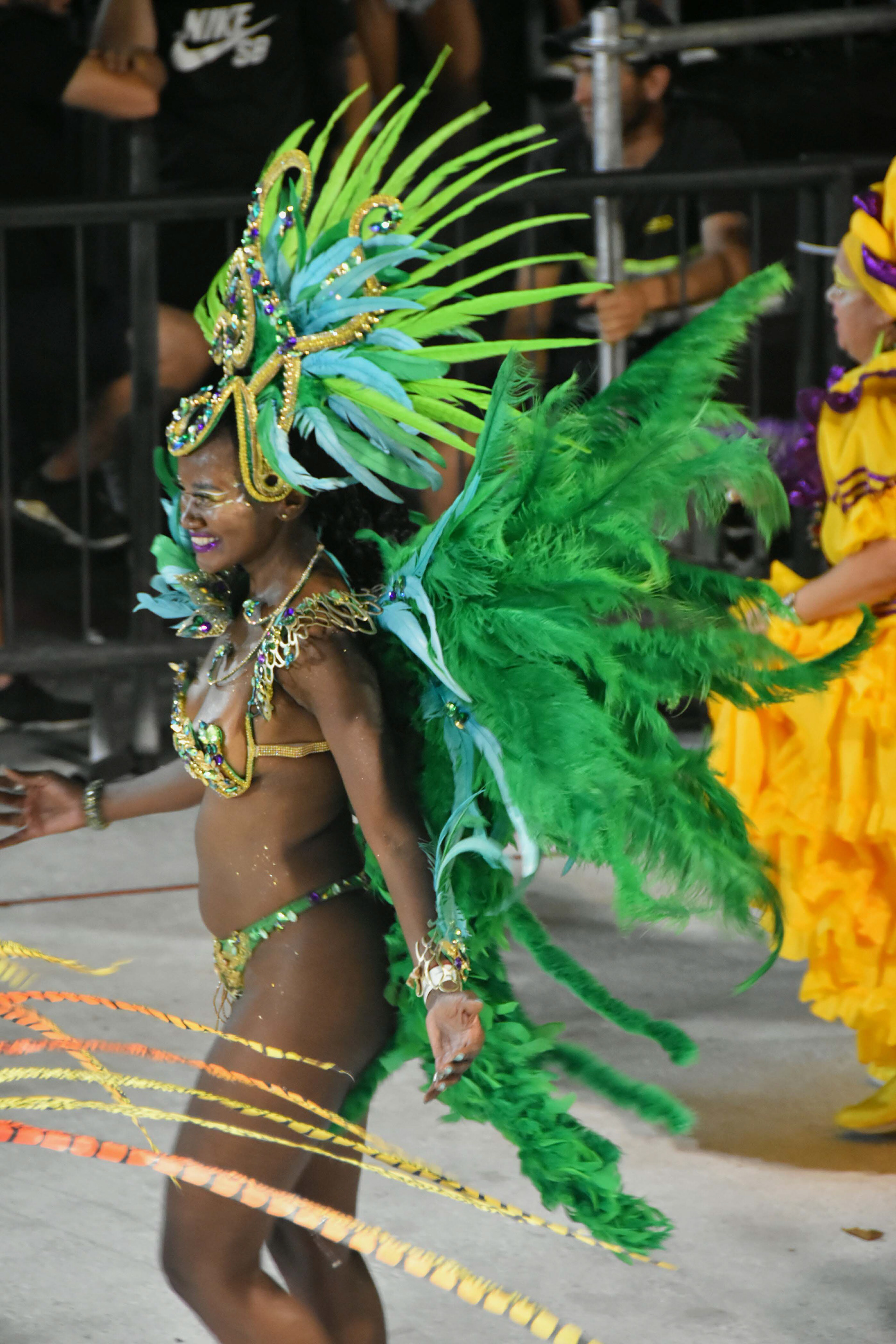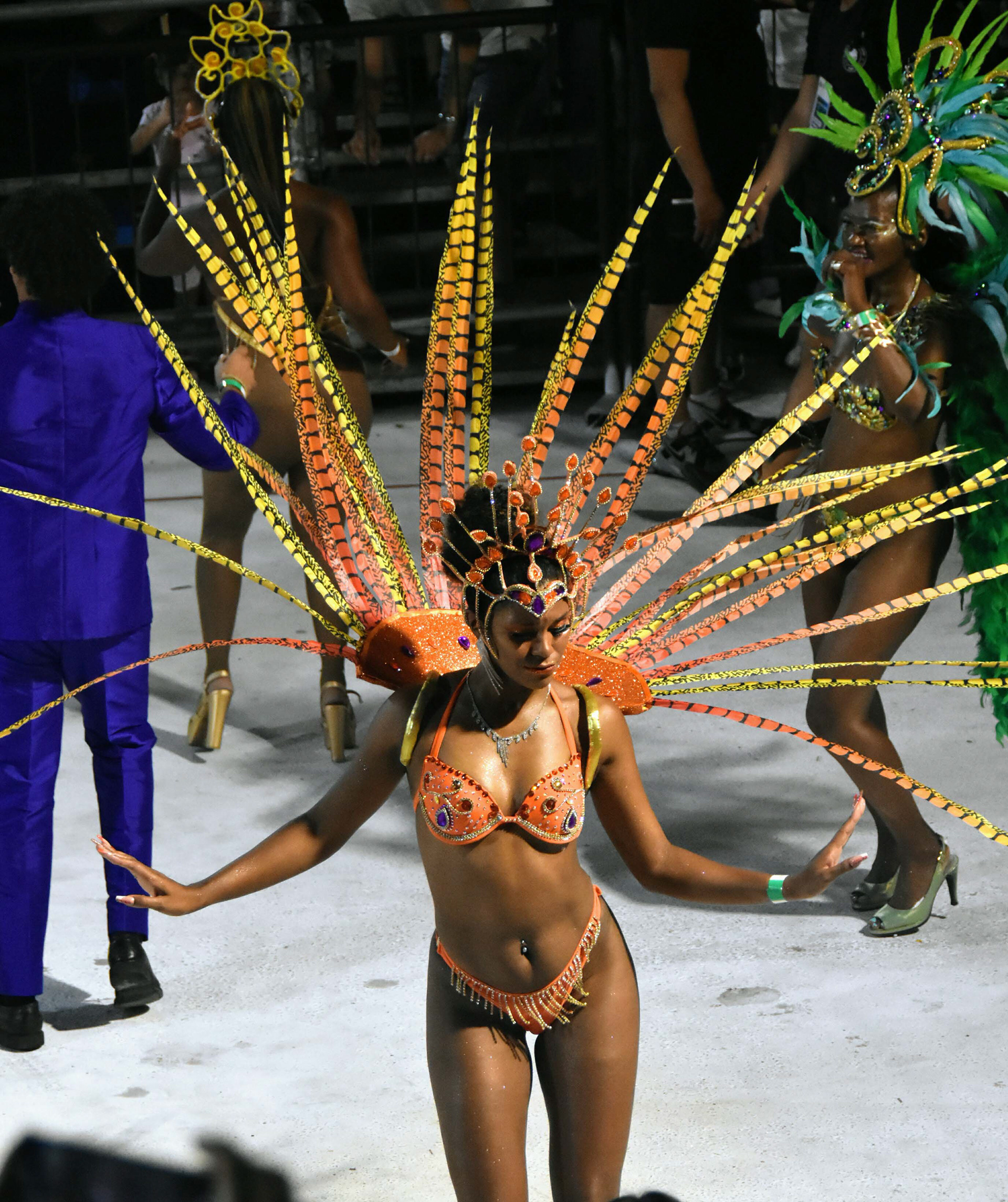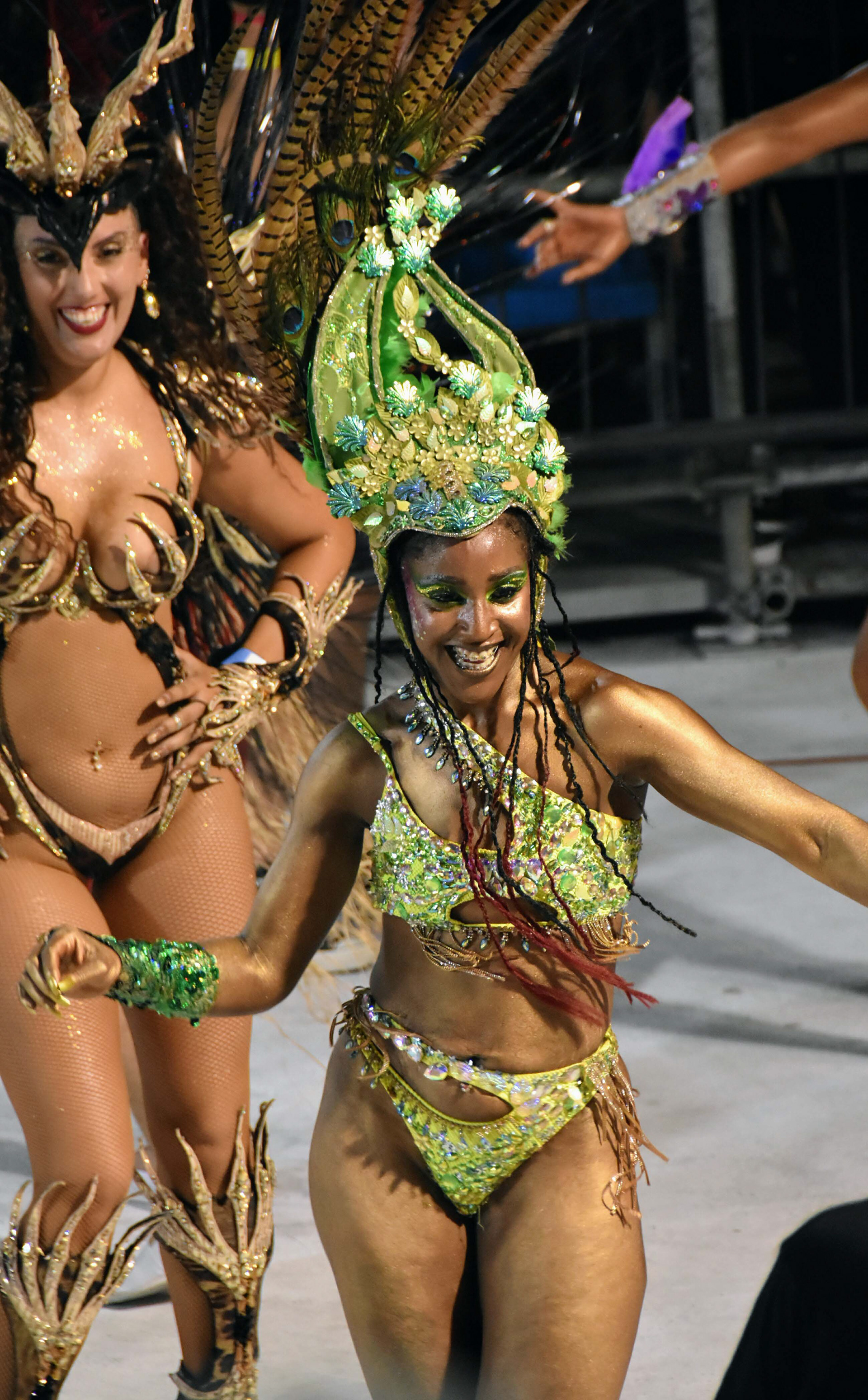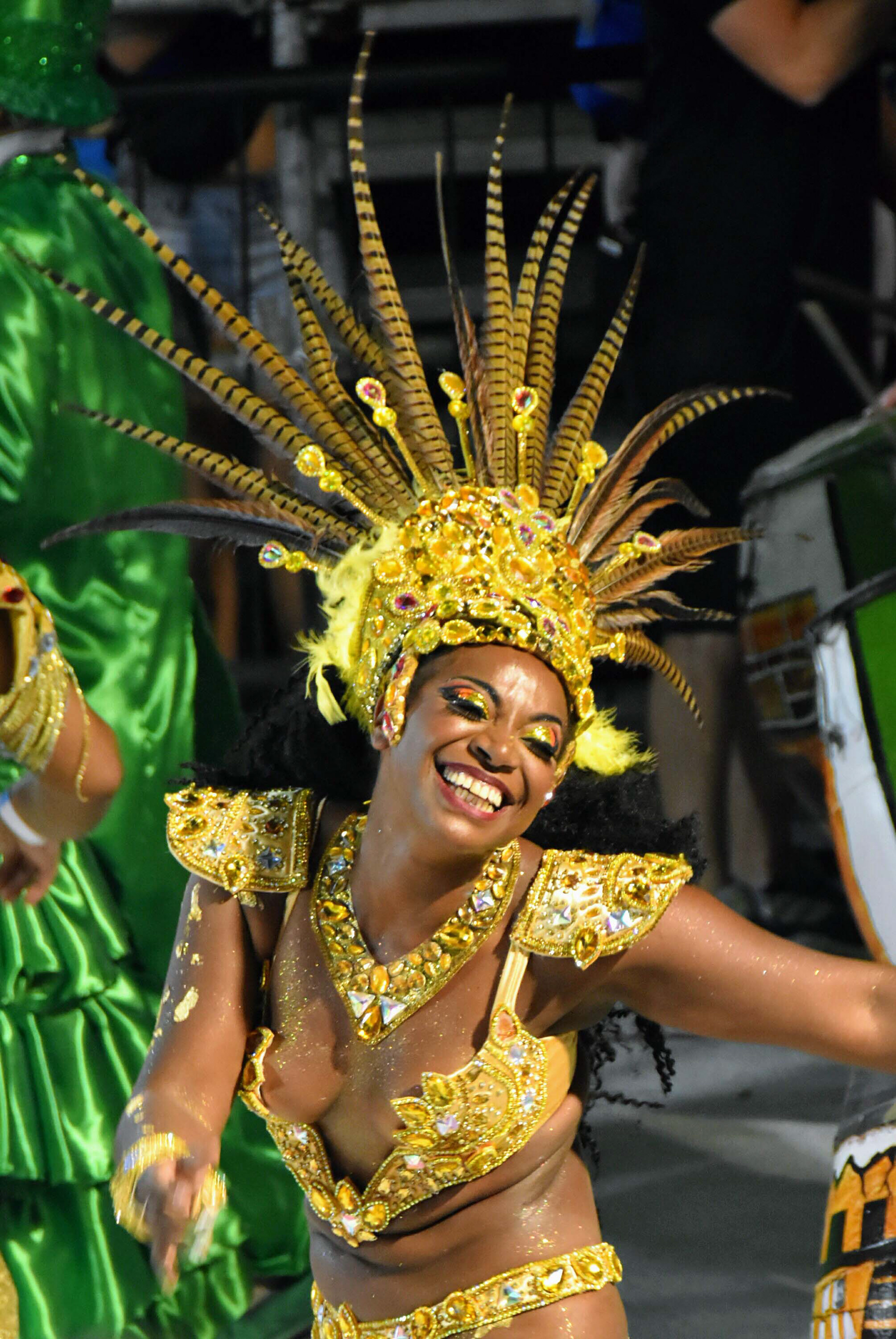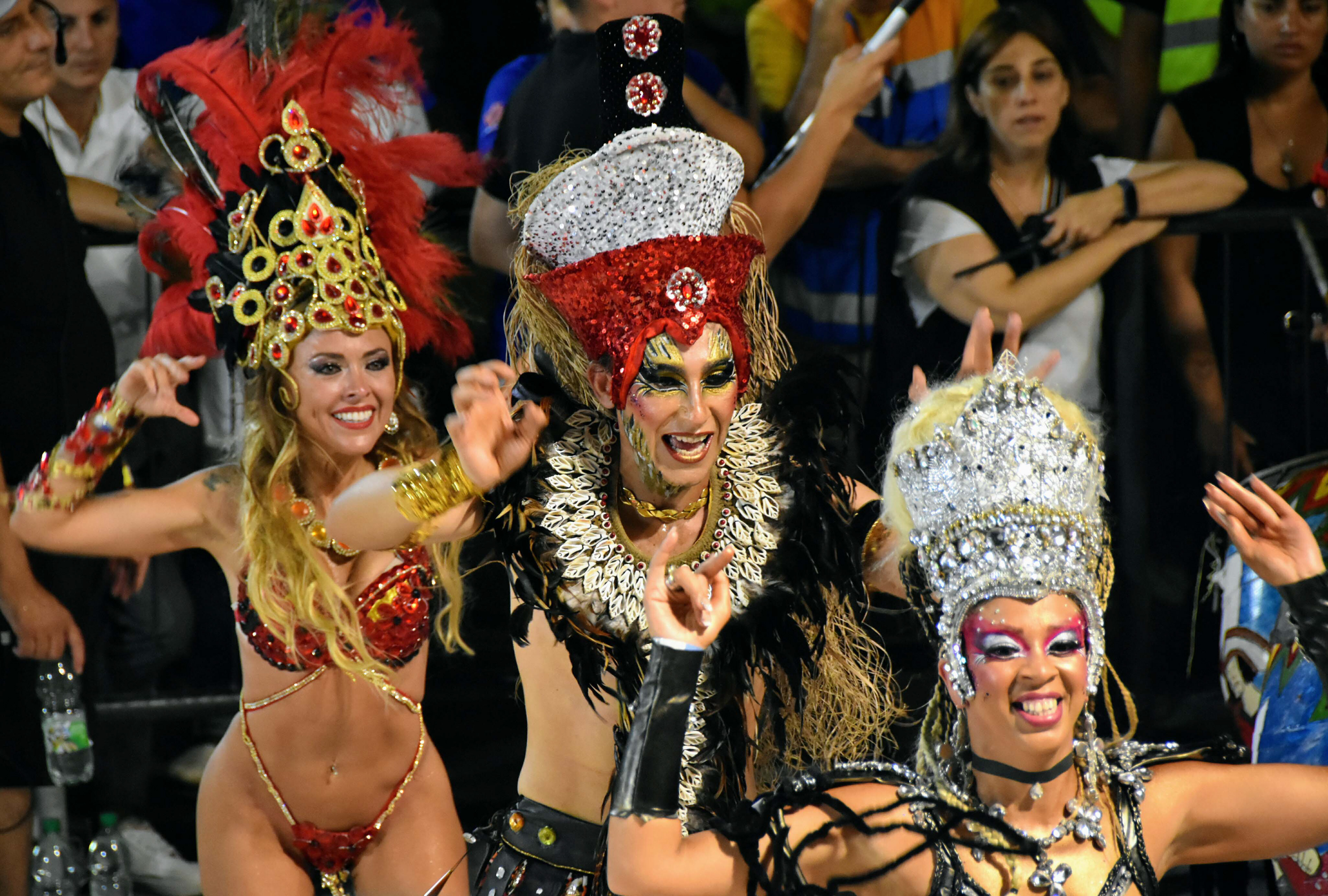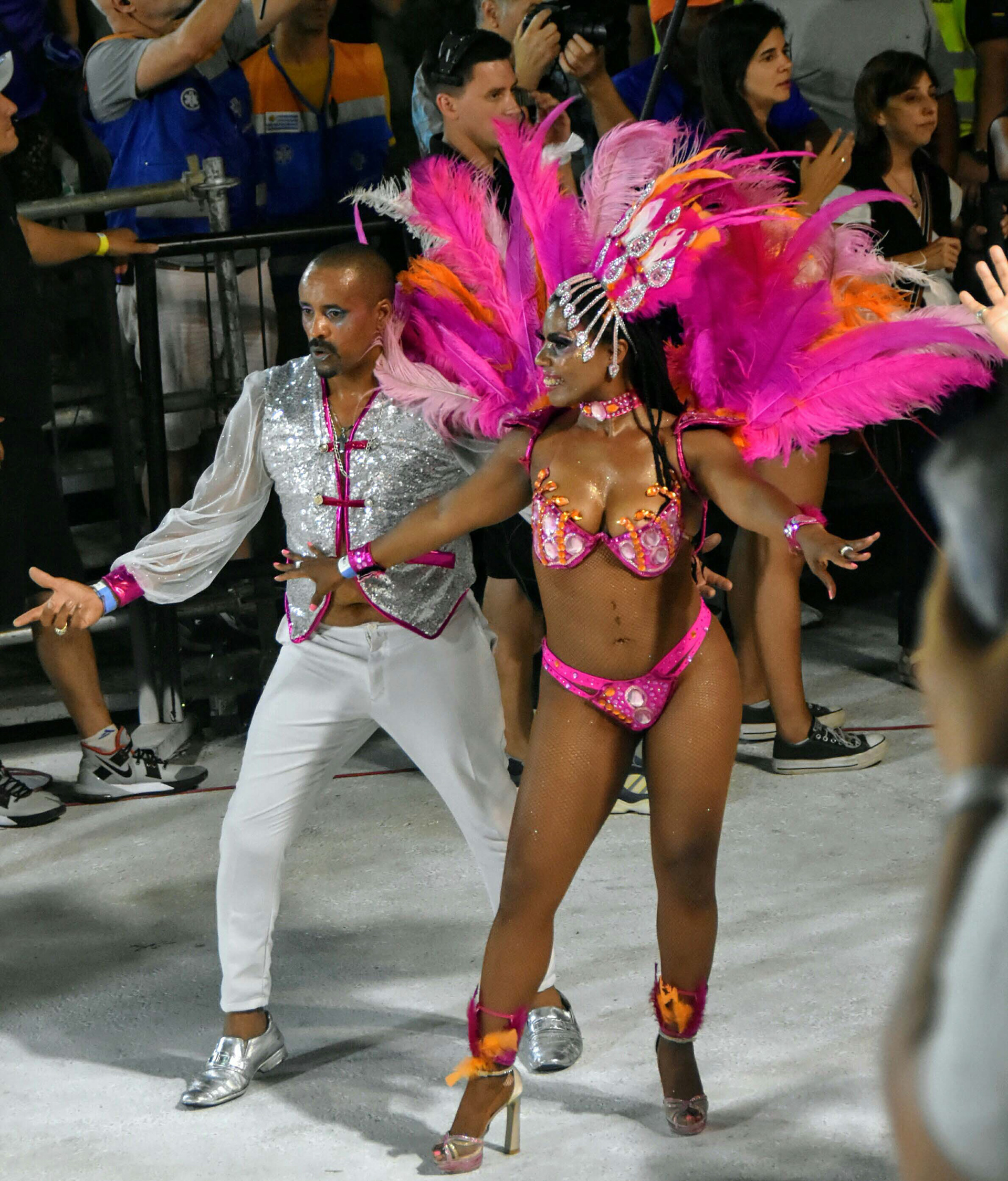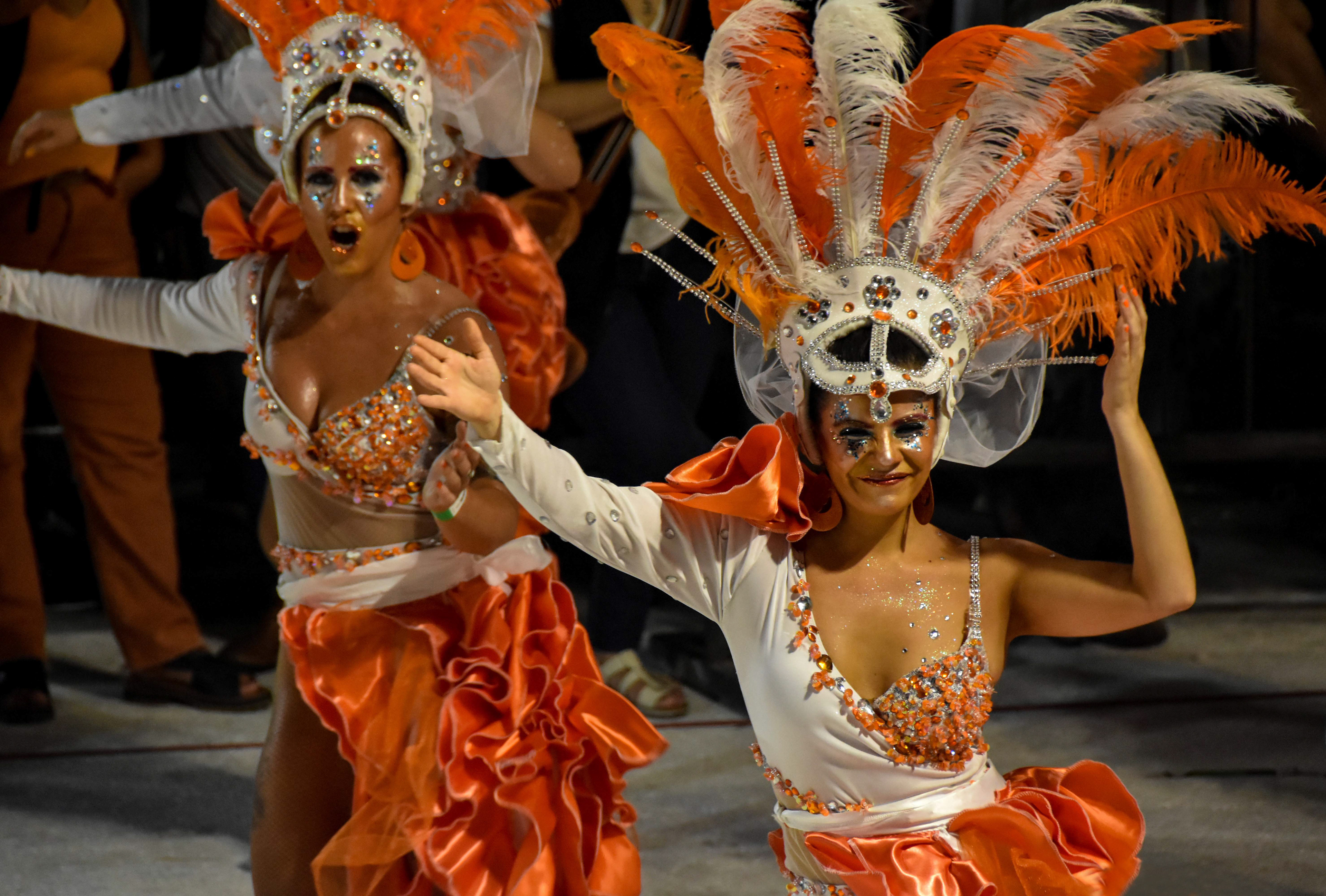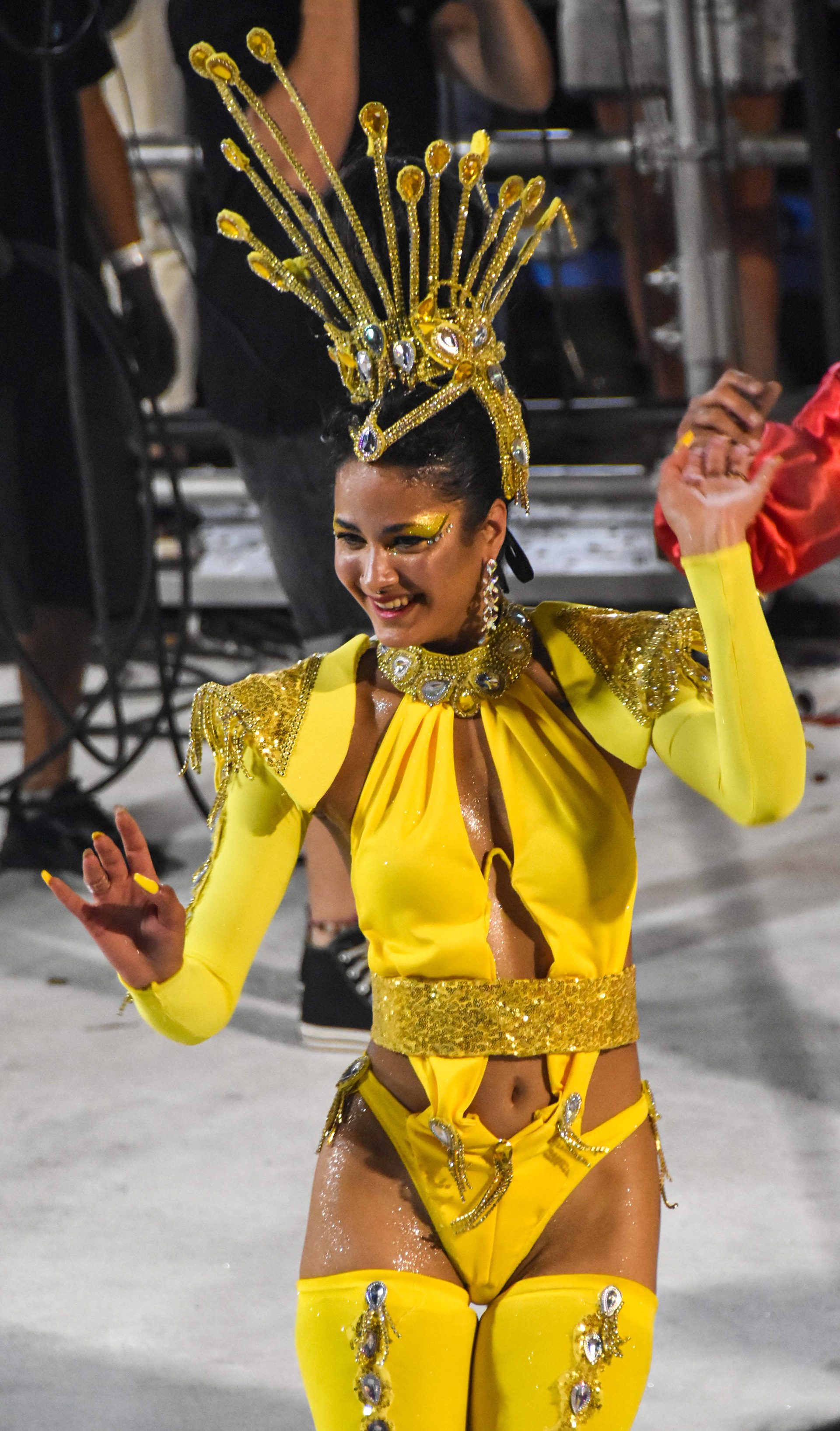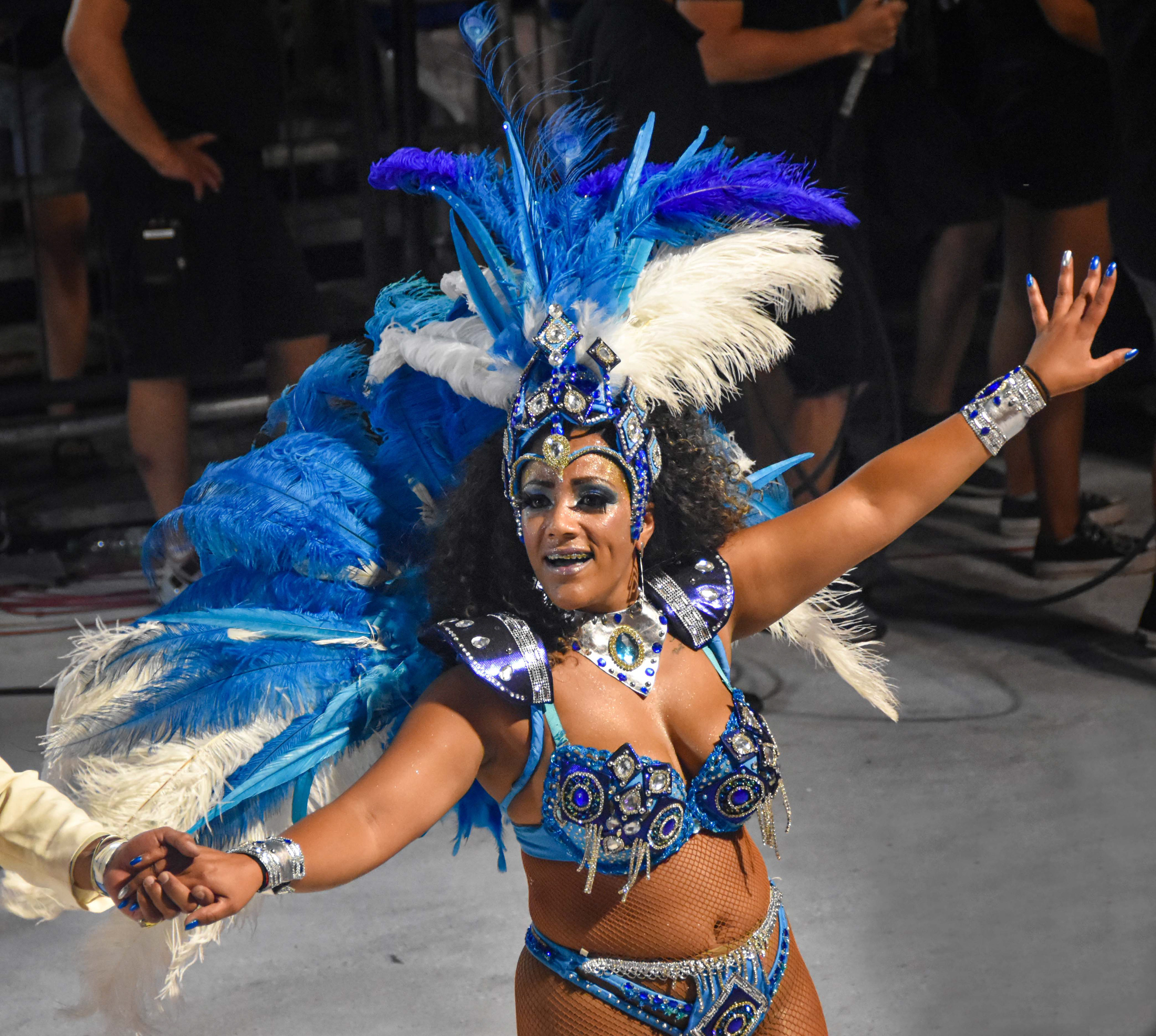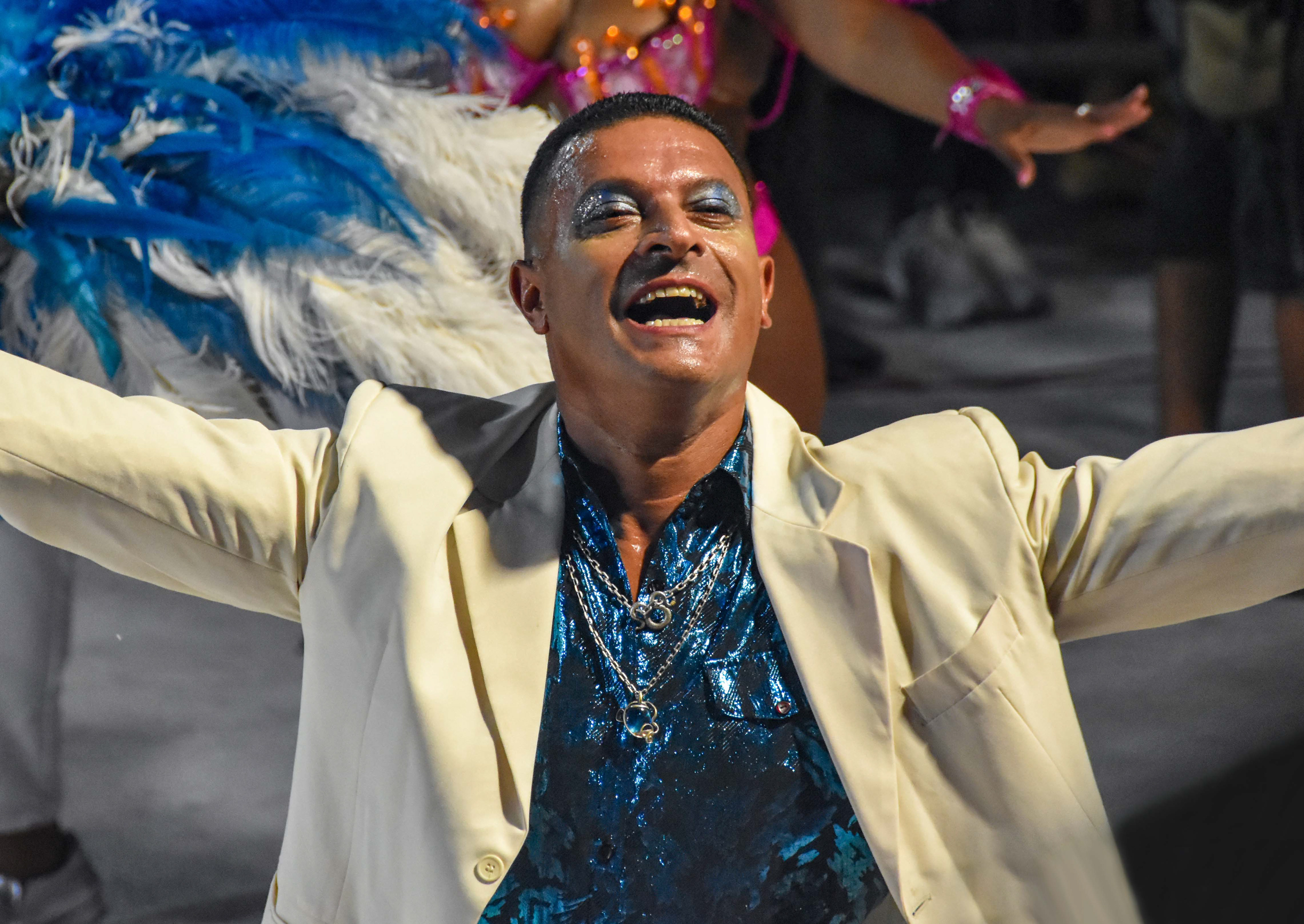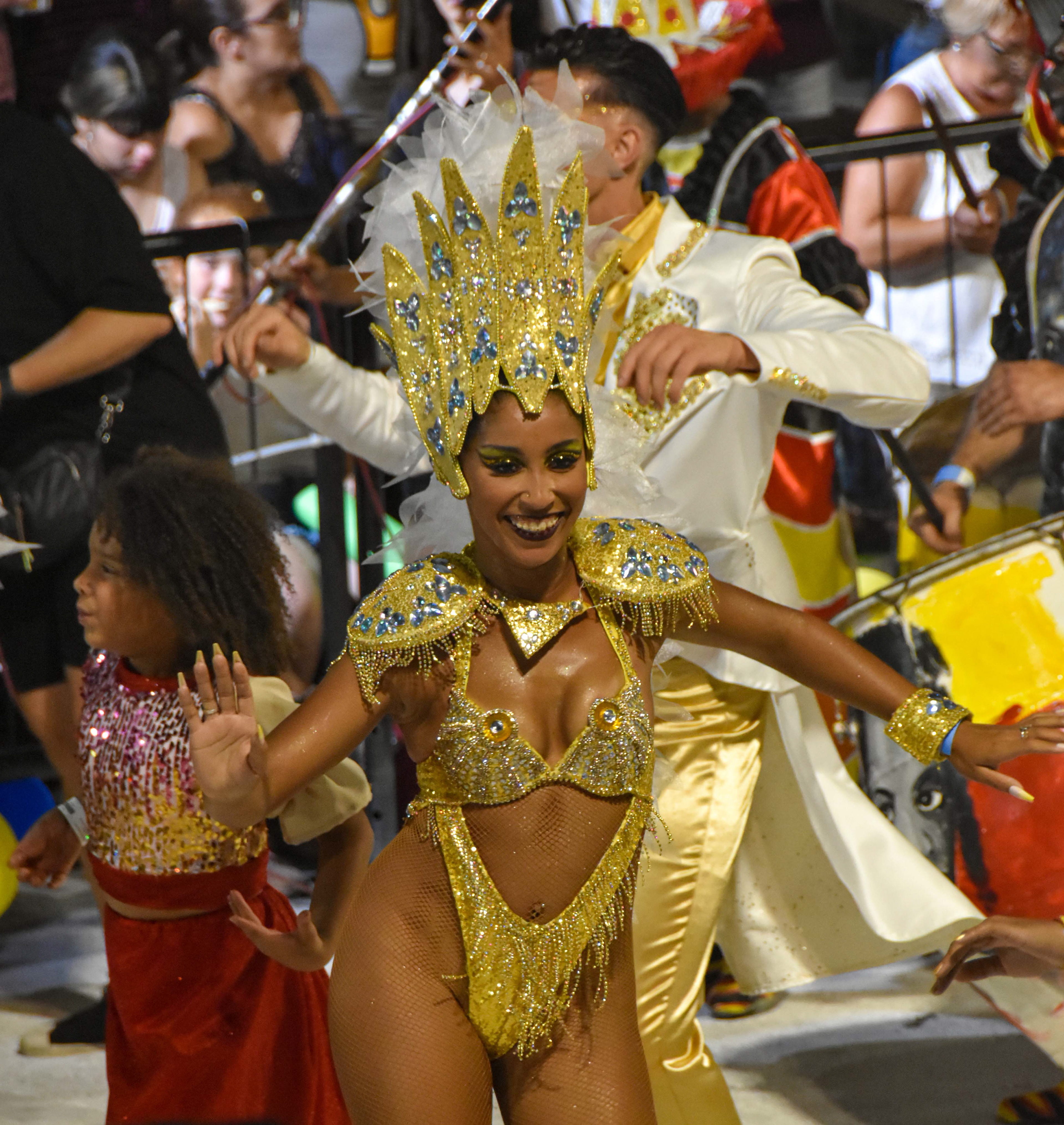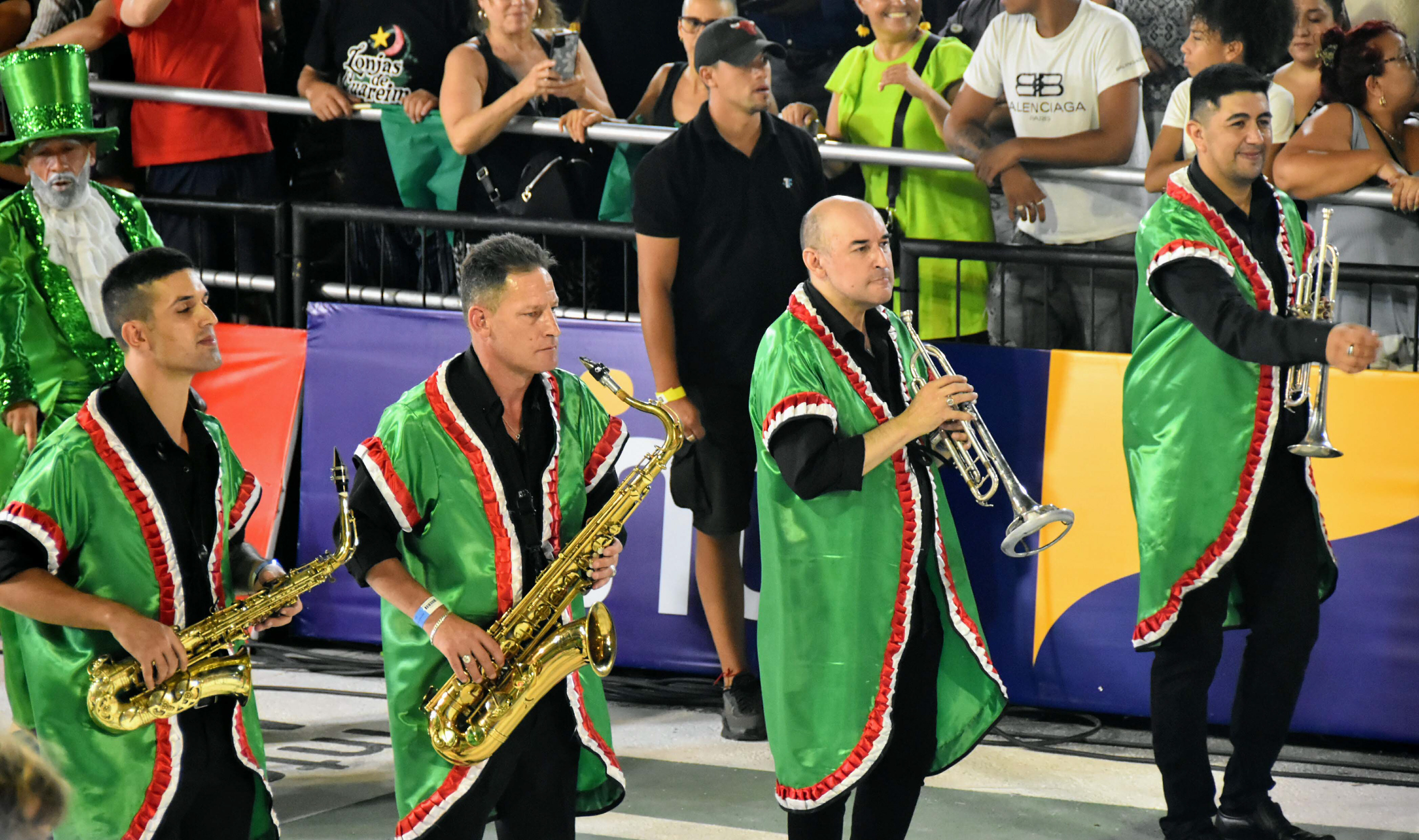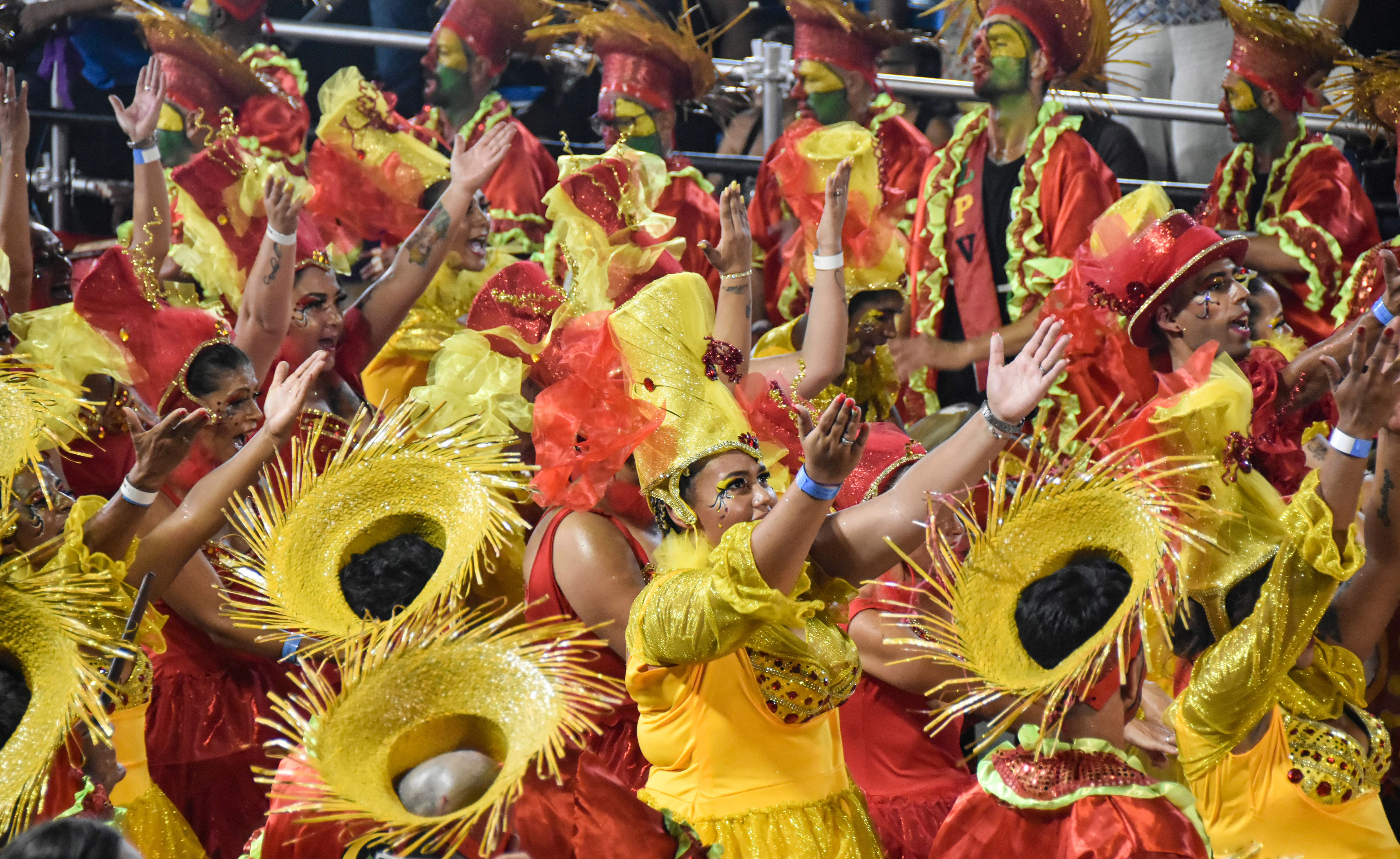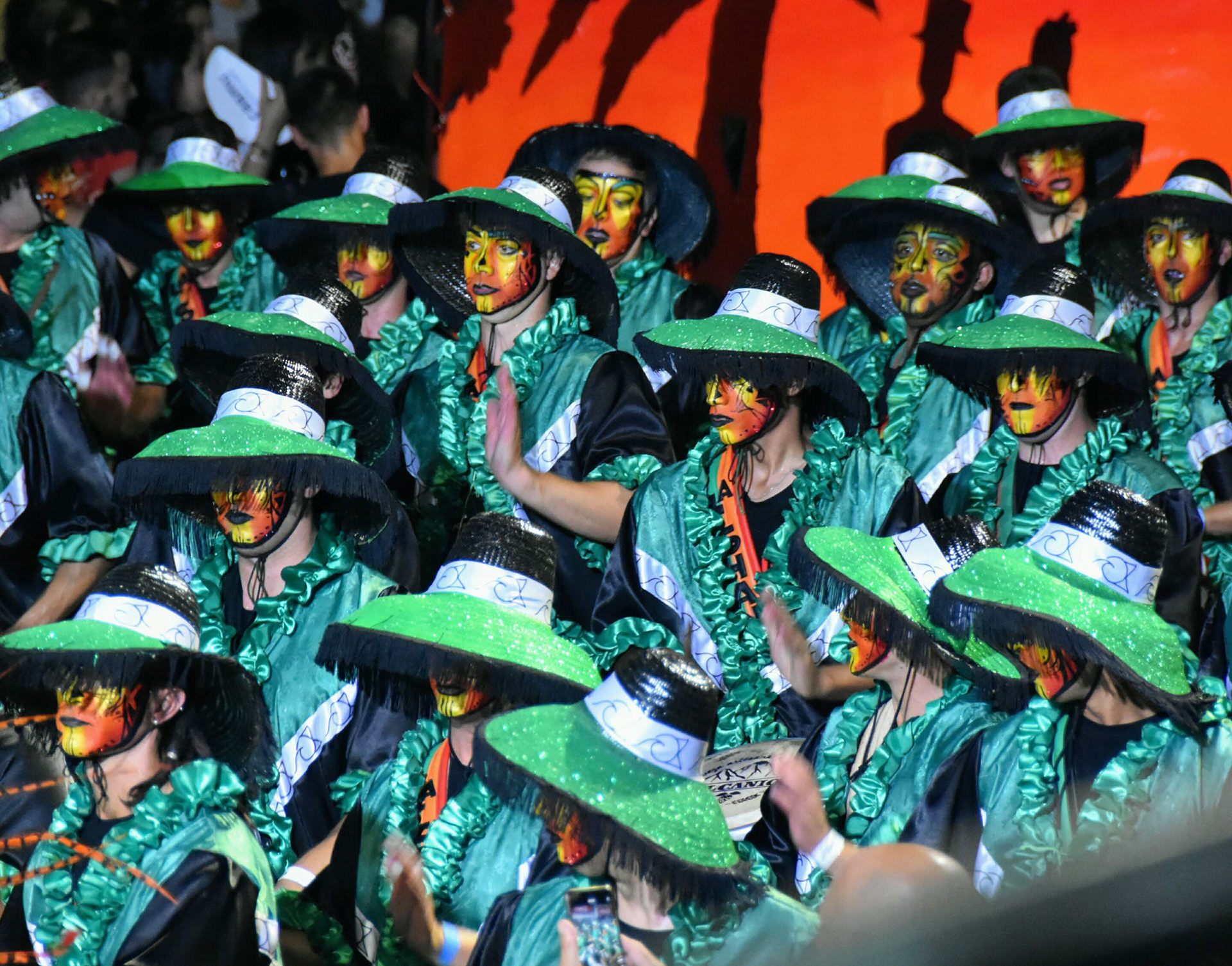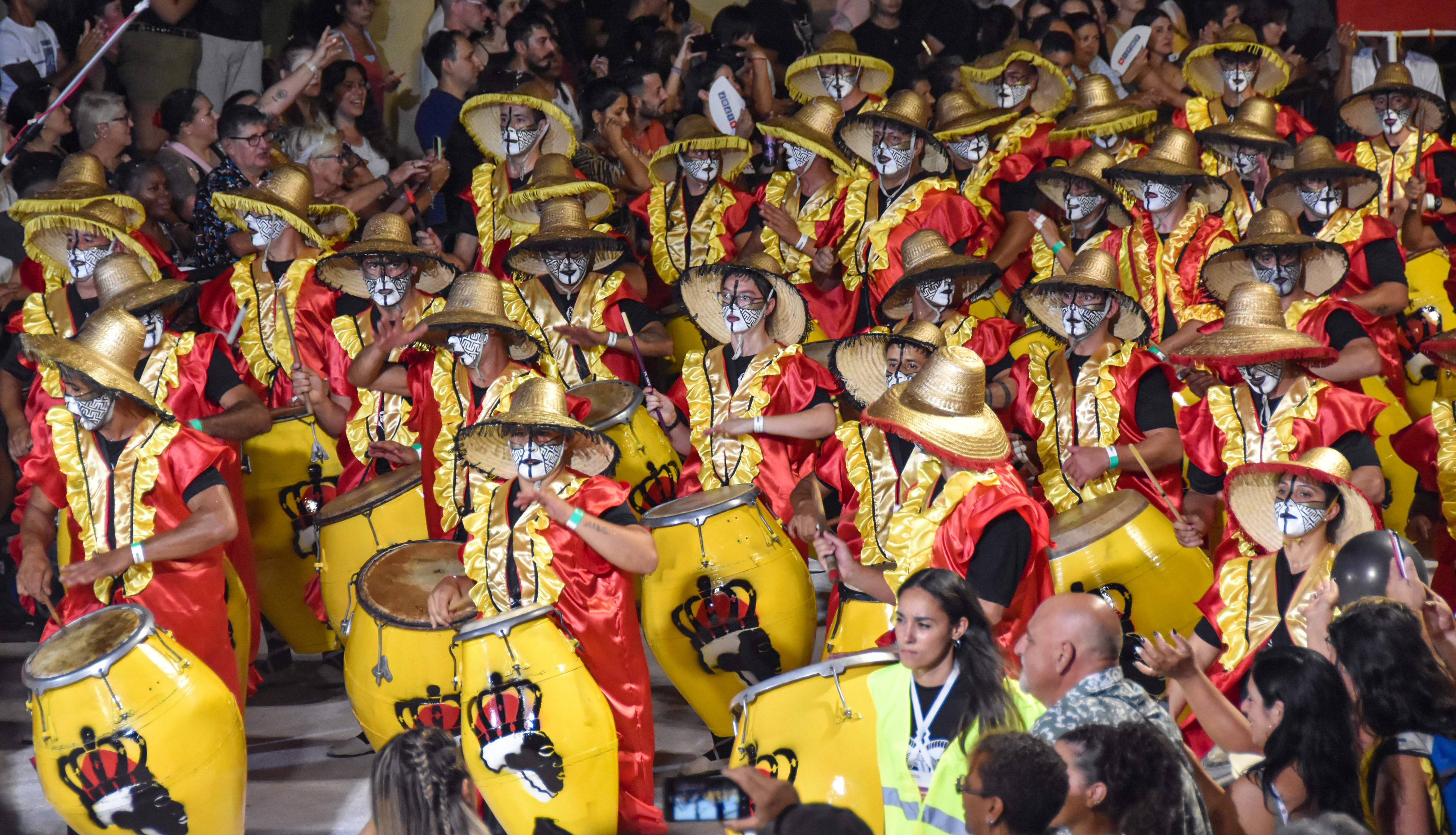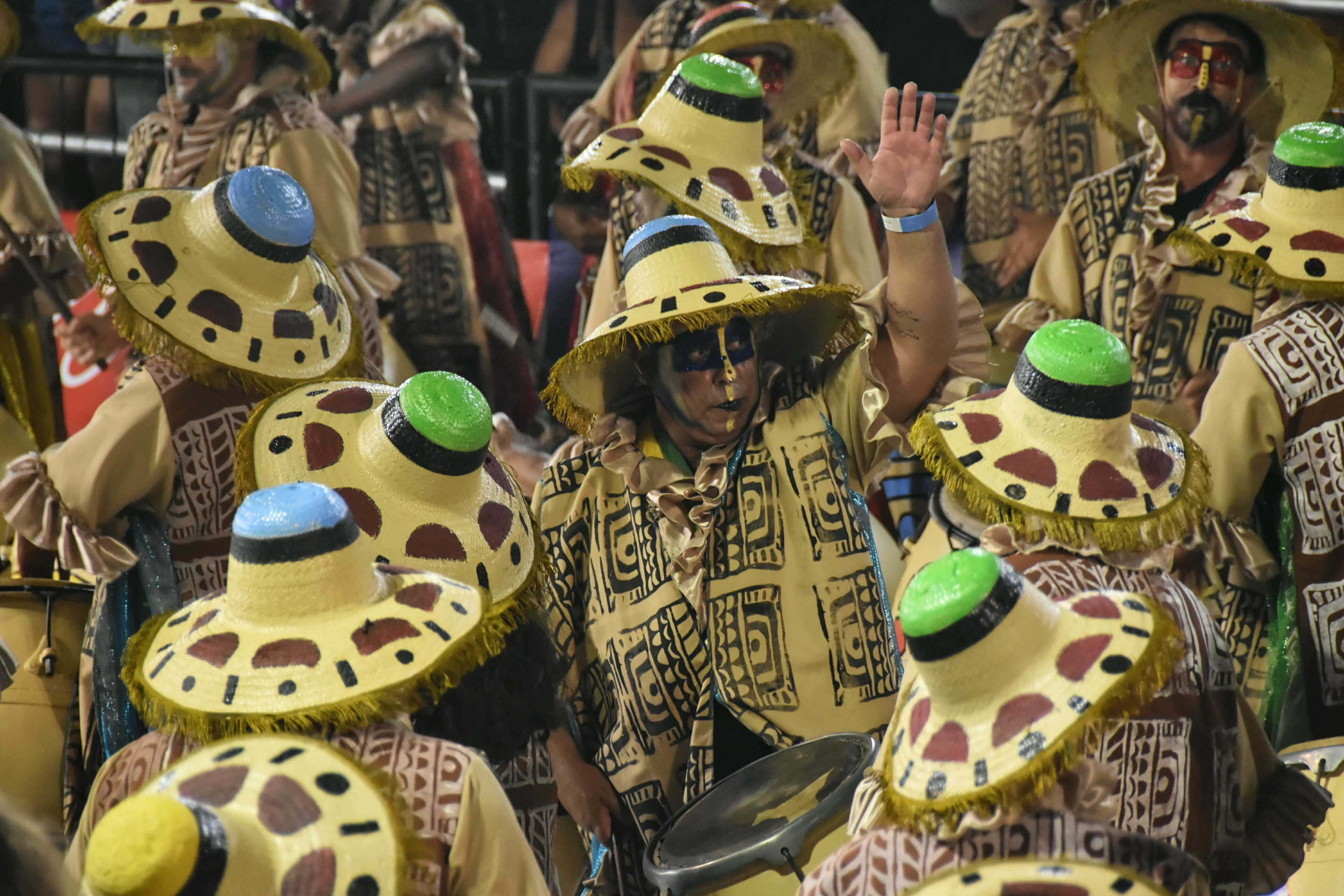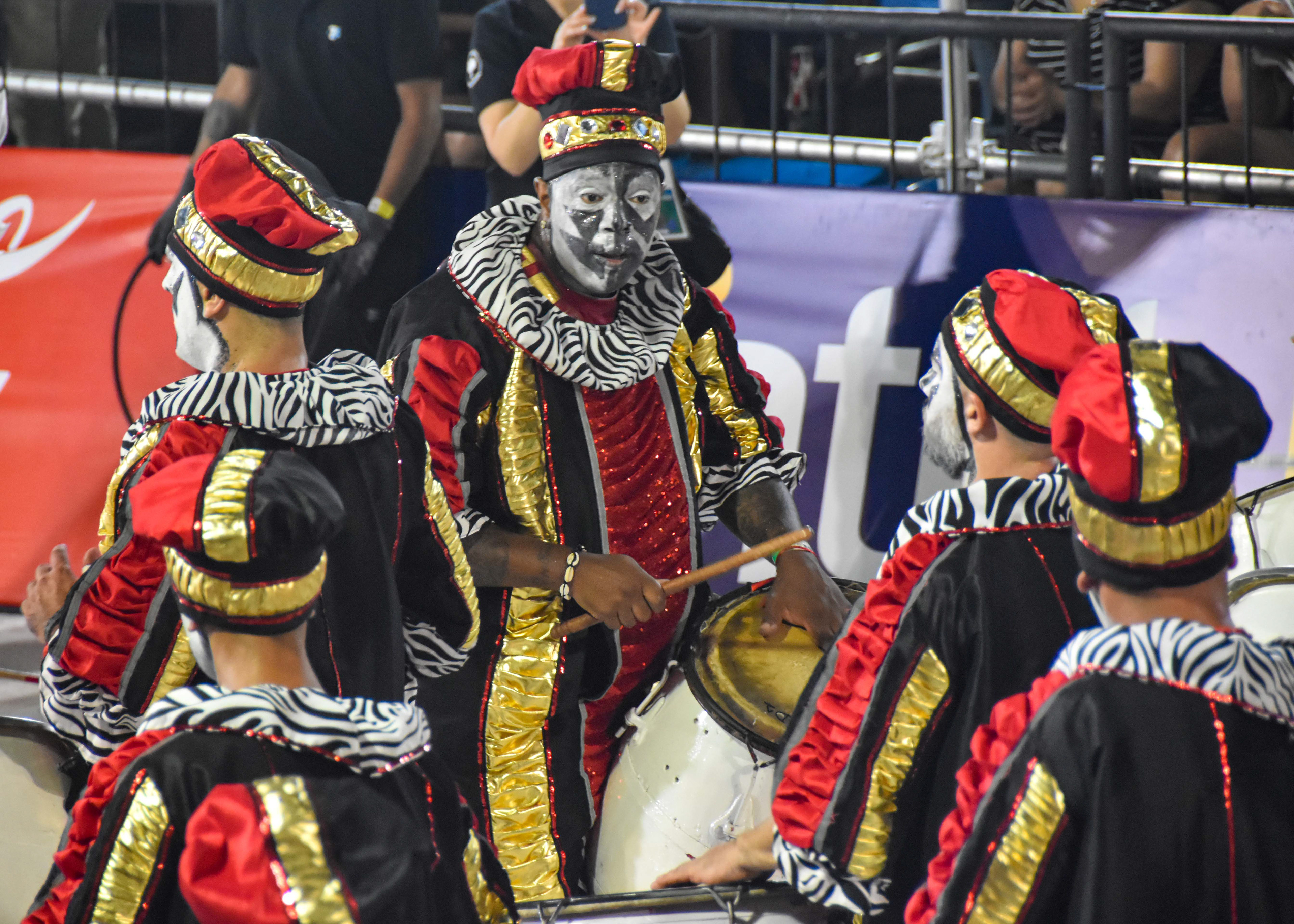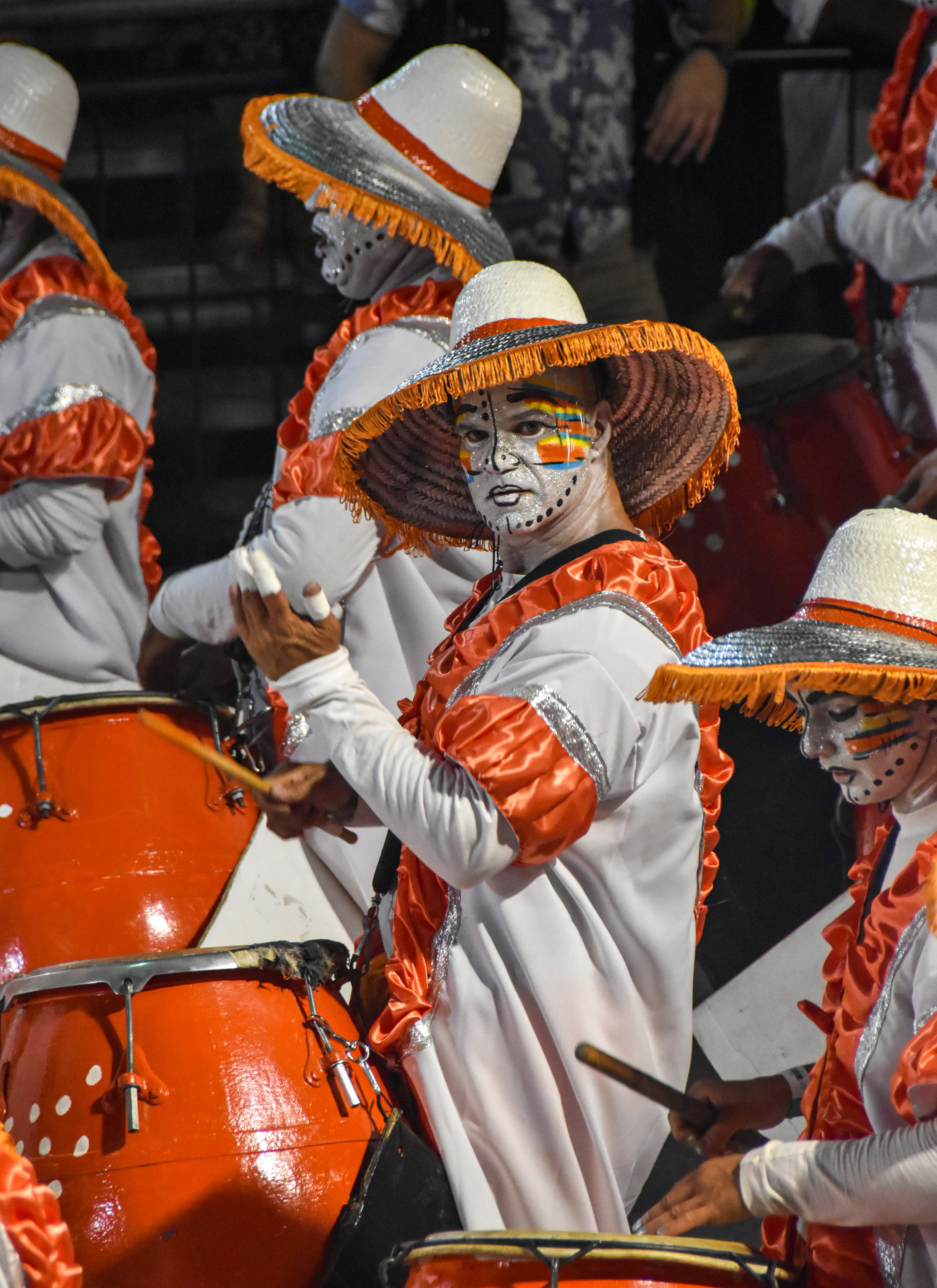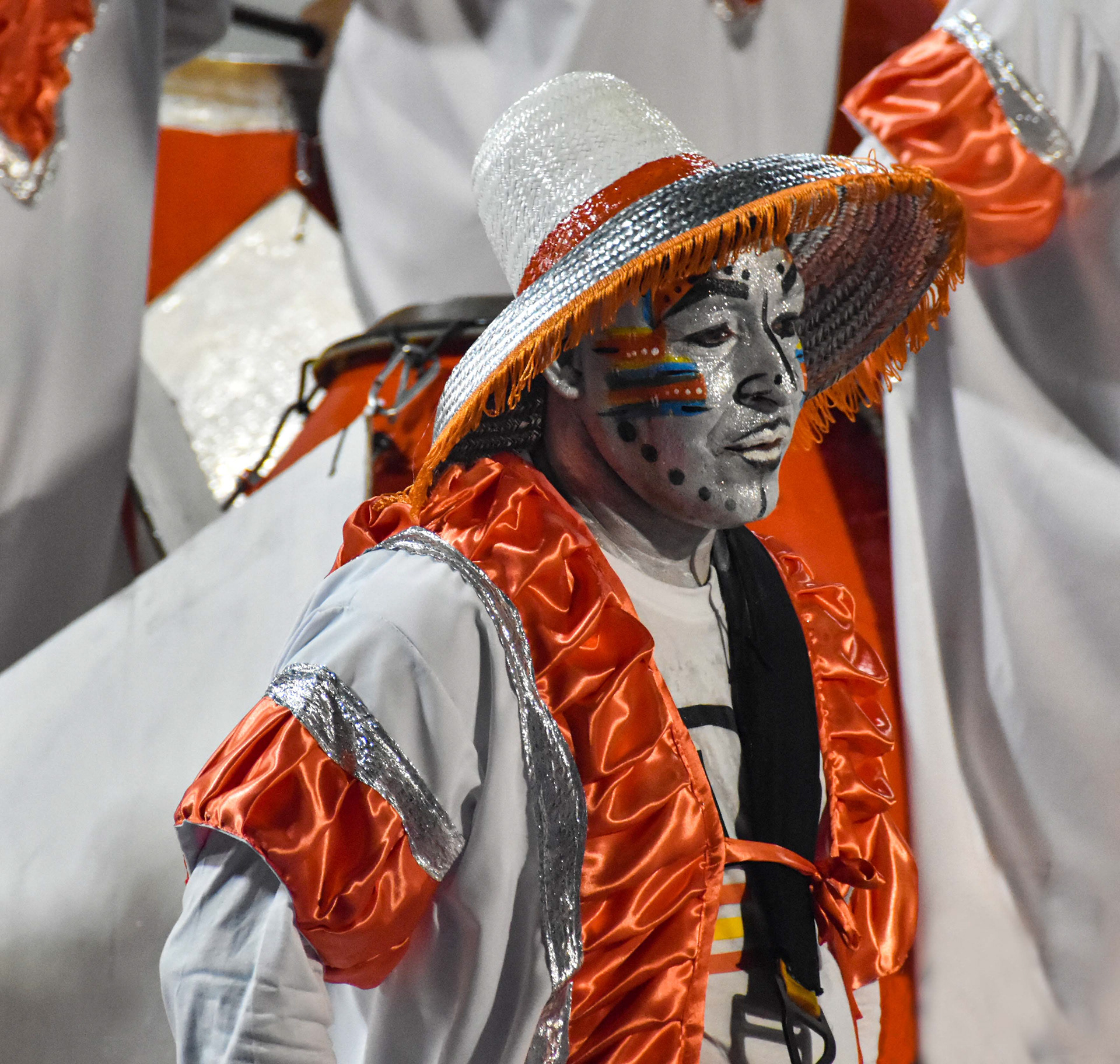When you think of South American carnivals, you generally imagine the festivities of Rio de Janeiro but in fact many South American countries celebrate carnival around the time of Lent. Overshadowed by it's noisy neighbour, Uruguay and, in particular Montevideo, holds the longest carnival festival in South America which lasts up to 40 days. Celebrations include dance, music and theatre performances but the most dazzling events are the parades which take place in the city’s streets.
The roots of the Montevideo carnival lie in the slave trade. Slave owners gave permission for their slaves to sometimes gather and when they came together they would play drum based music to preserve their African cultural heritage. Over time this began to merge with Uruguayan music to create Candombe and it continued to evolve after slavery was abolished and eventually formed the heart of the carnival celebrations. In the early twentieth century, mass migration from Europe bought new people to Uruguay and many of those joined Candombe groups, adding their own touch to the performances such as the banner twirling which has its origins in the Basque Country. This merging of many cultures and races has made a uniquely Uruguayan art form.
The roots of the Montevideo carnival lie in the slave trade. Slave owners gave permission for their slaves to sometimes gather and when they came together they would play drum based music to preserve their African cultural heritage. Over time this began to merge with Uruguayan music to create Candombe and it continued to evolve after slavery was abolished and eventually formed the heart of the carnival celebrations. In the early twentieth century, mass migration from Europe bought new people to Uruguay and many of those joined Candombe groups, adding their own touch to the performances such as the banner twirling which has its origins in the Basque Country. This merging of many cultures and races has made a uniquely Uruguayan art form.
Whilst travelling in the region earlier this year, I was lucky enough to get a ticket for one night of the Desfile de Llamadas, translated as the The Calls Parade. The Calls are held over 2 nights. On each night 24 Comparas or groups of performers, which represent different areas of Montevideo, compete to be the best group. In doing so, they entertain the crowds with amazing, colourful costumes, joyful dancing and the overwhelming sounds of the candombe drums. The work that goes into each group’s rehearsals and costumes must be huge as the end result is such a fantastic spectacle. It was also wonderful that the participants were of all ages and different shapes and sizes. The fitness required to keep dancing, drumming and smiling for the hours it took for the parade to pass was impressive too.
Each comparas follows a set order of procession. The group is led by banner carriers and flag carriers. These distinguish which group is performing. Next follows dancers carrying the moon and stars representing African religions and then a troupe of dancing girls. Behind them are characters representing the Old Mamma, the medicine man and the broom man in more traditional costumes. The final dancers are the ones with the most elaborate and skimpy costumes and deemed to be the best dancers. They appear ahead of the last group, the drummers. There are scores of drummers who all beat the same rhythm, and they are an intimidating sight in their costumes and painted faces. Costumes for the drummers are mostly African themed.
There were so many impressive aspects about the whole event and it was a truly magical night. I didn’t just see and hear Carnival – I felt it too with the vibration of the incessant drumming. It really was a whole body experience and something I will remember forever.
Each comparas follows a set order of procession. The group is led by banner carriers and flag carriers. These distinguish which group is performing. Next follows dancers carrying the moon and stars representing African religions and then a troupe of dancing girls. Behind them are characters representing the Old Mamma, the medicine man and the broom man in more traditional costumes. The final dancers are the ones with the most elaborate and skimpy costumes and deemed to be the best dancers. They appear ahead of the last group, the drummers. There are scores of drummers who all beat the same rhythm, and they are an intimidating sight in their costumes and painted faces. Costumes for the drummers are mostly African themed.
There were so many impressive aspects about the whole event and it was a truly magical night. I didn’t just see and hear Carnival – I felt it too with the vibration of the incessant drumming. It really was a whole body experience and something I will remember forever.
